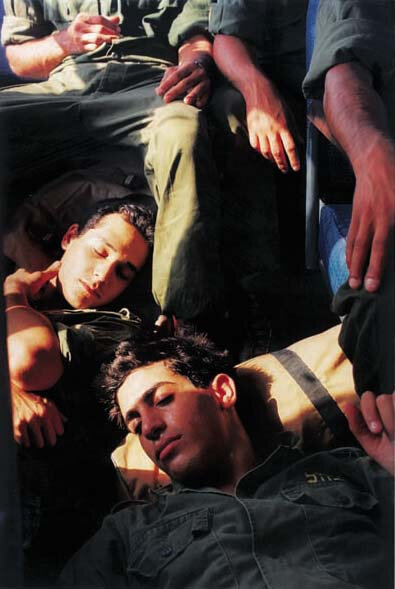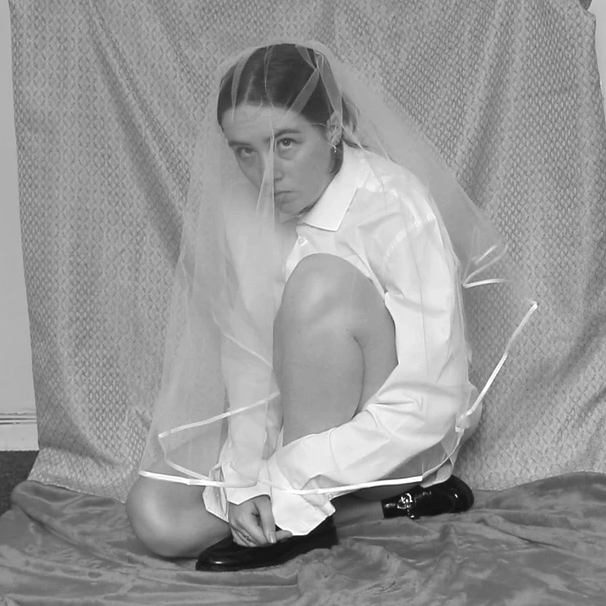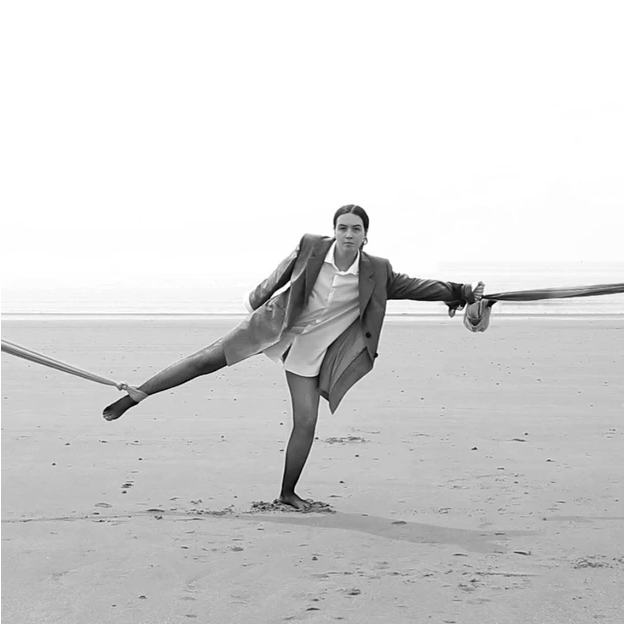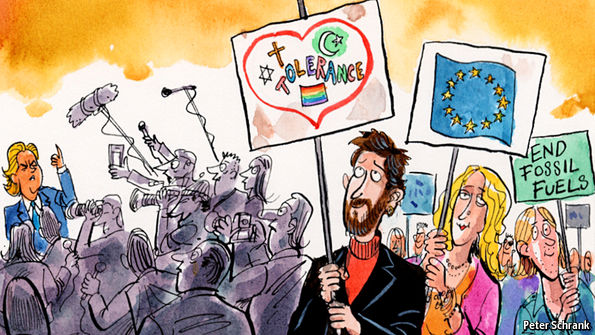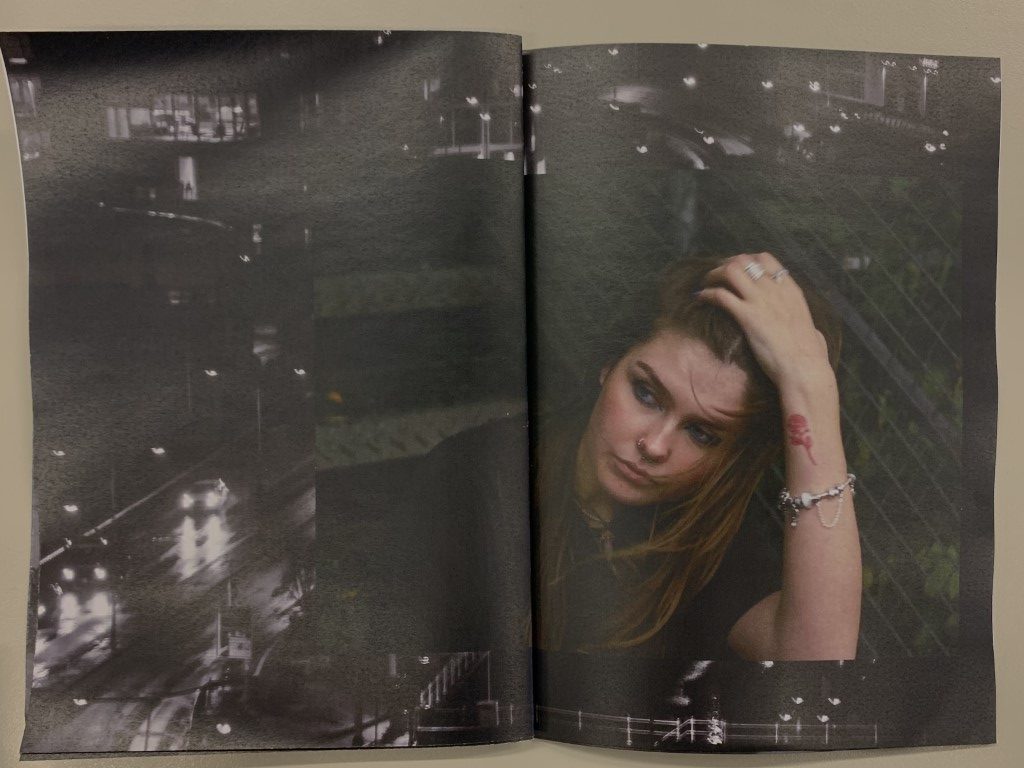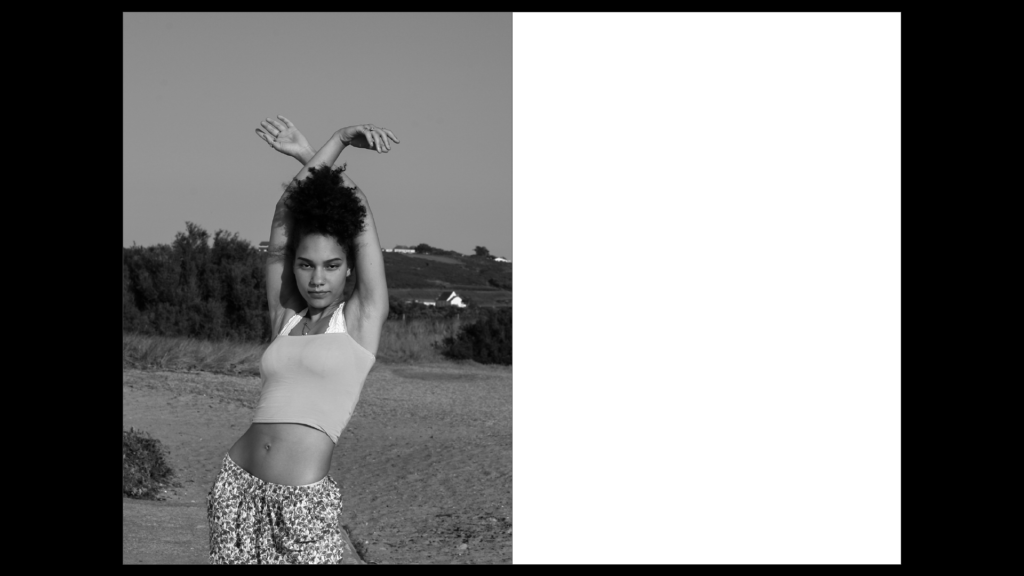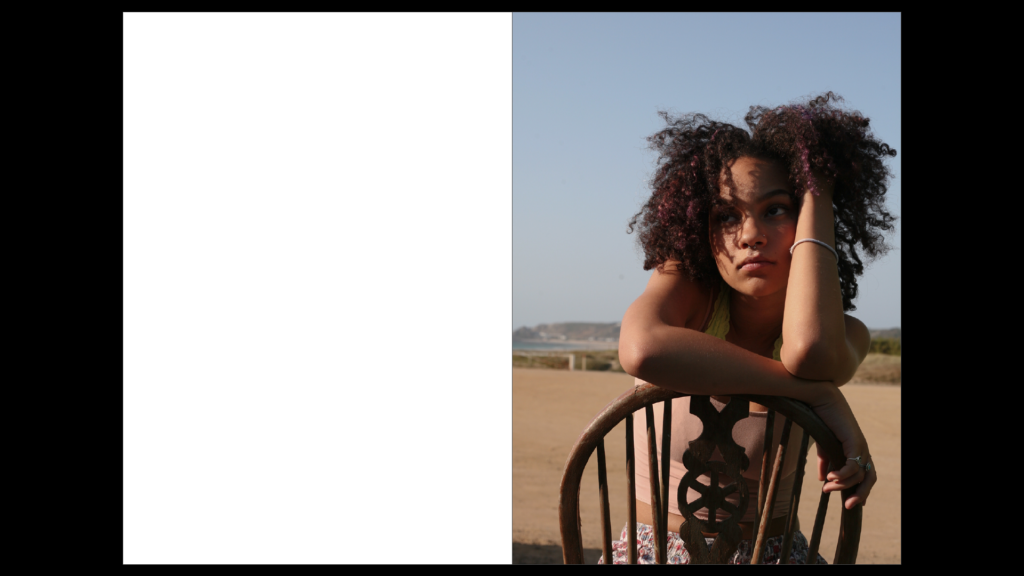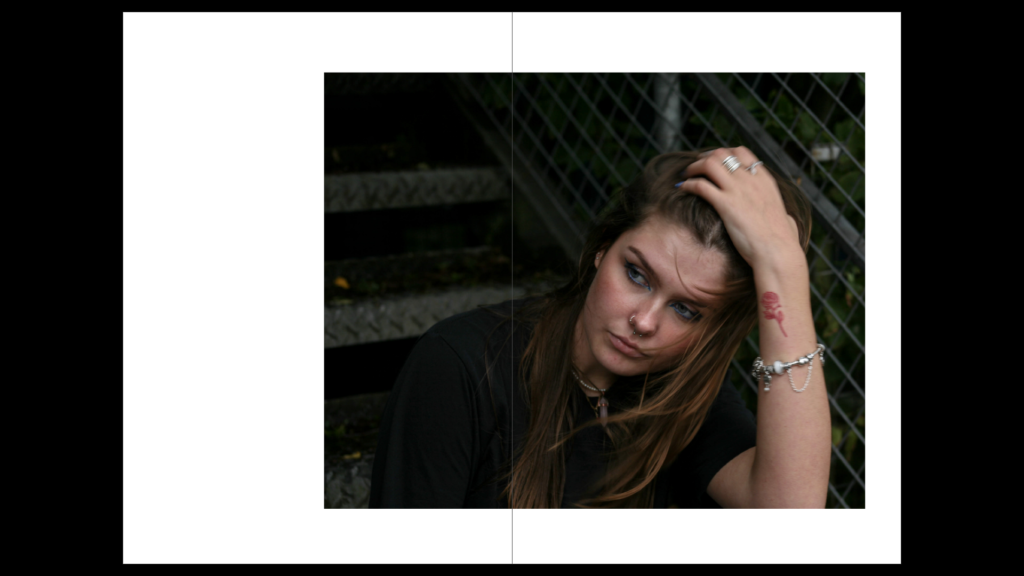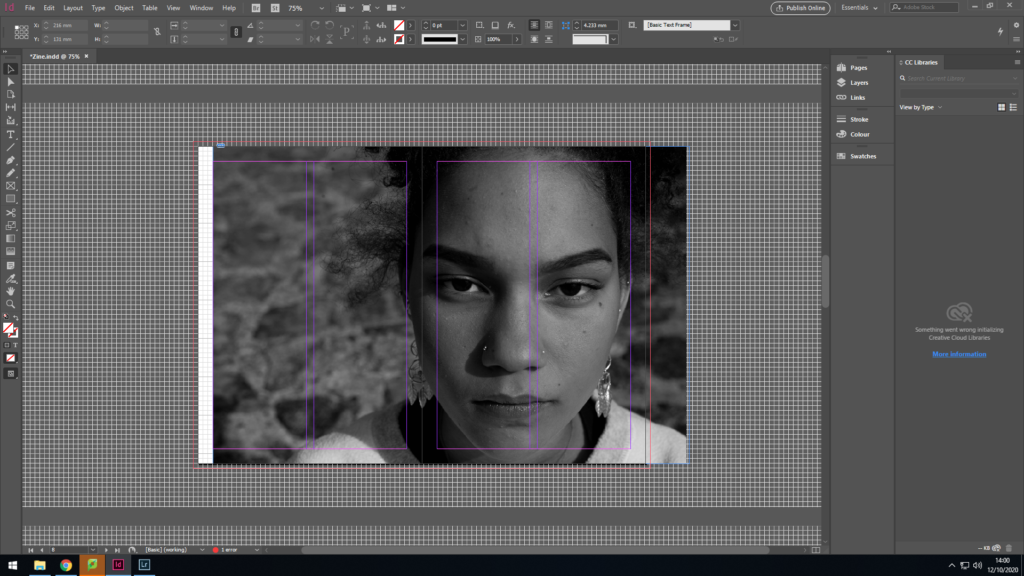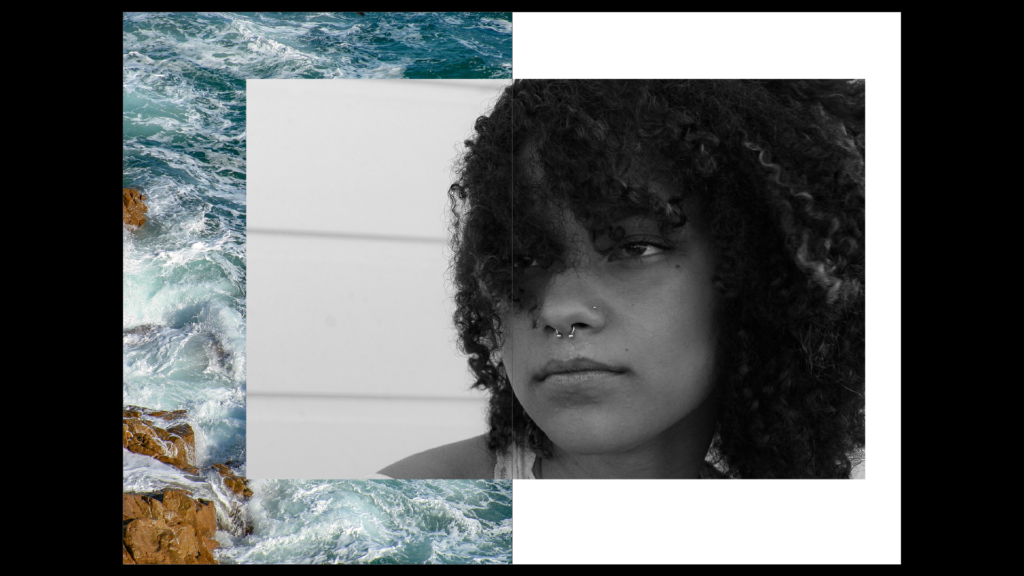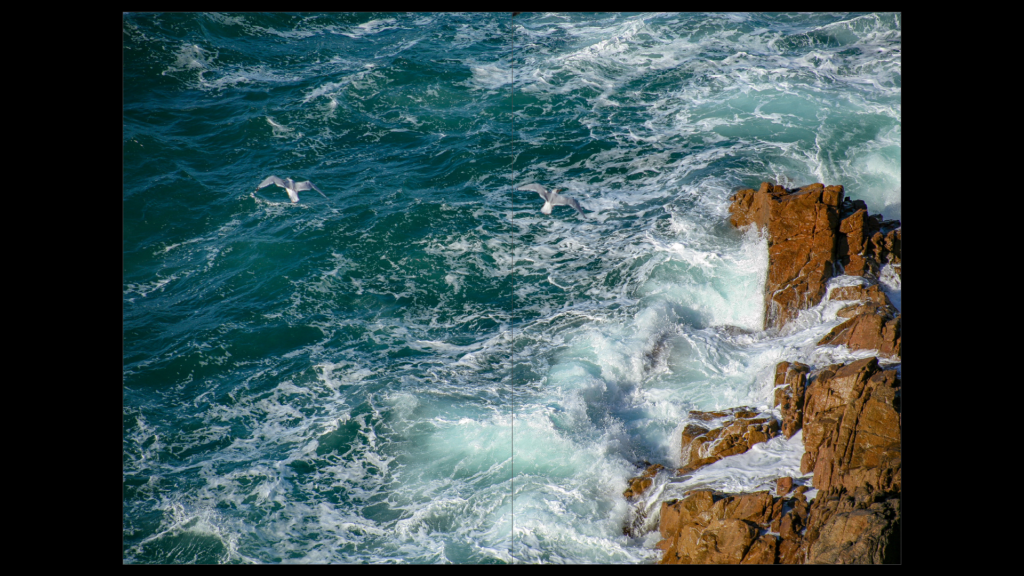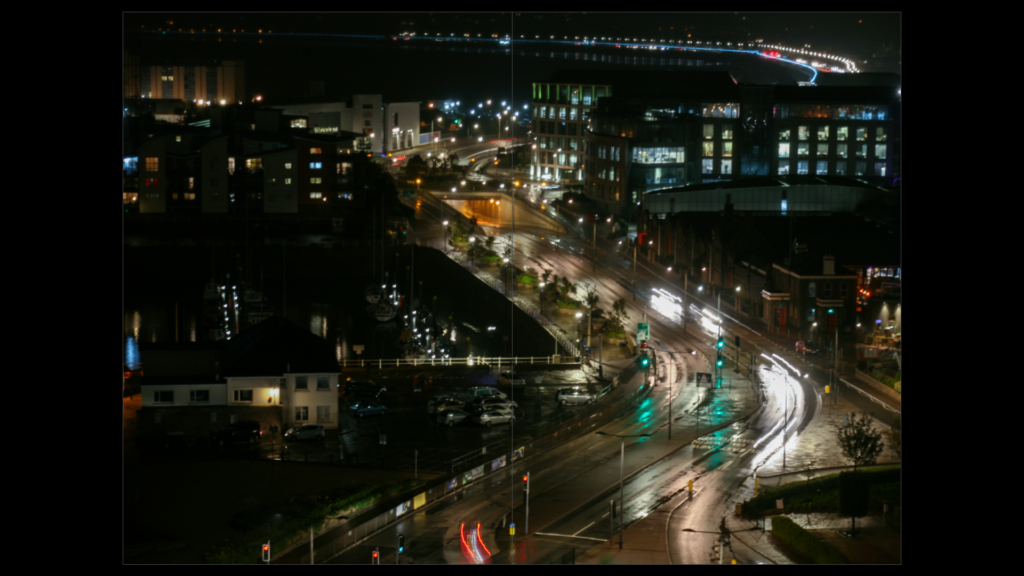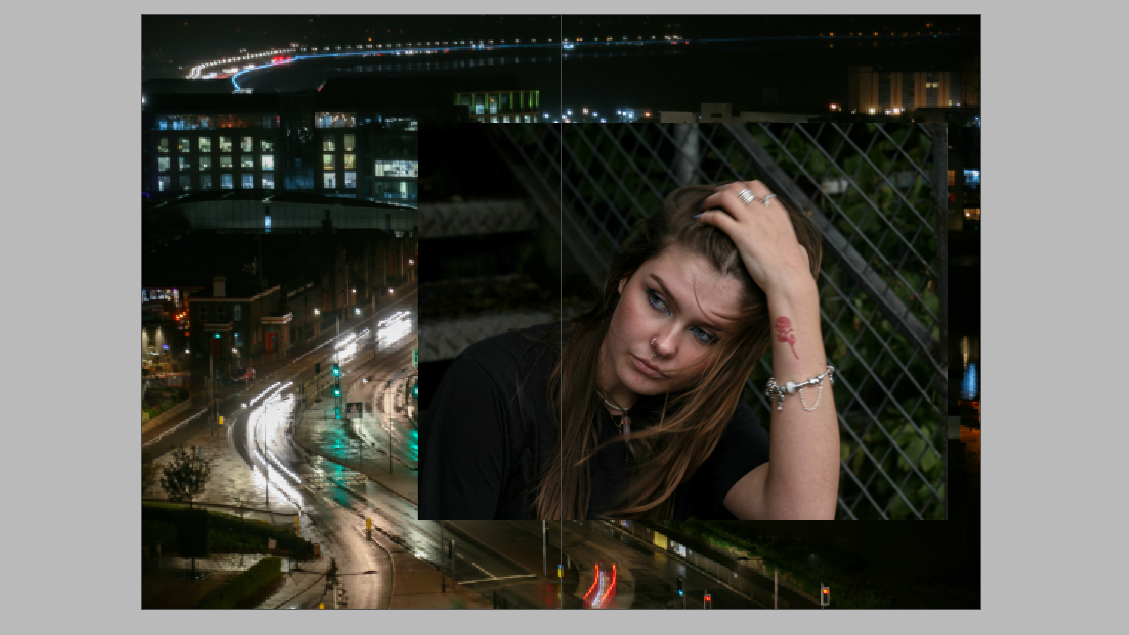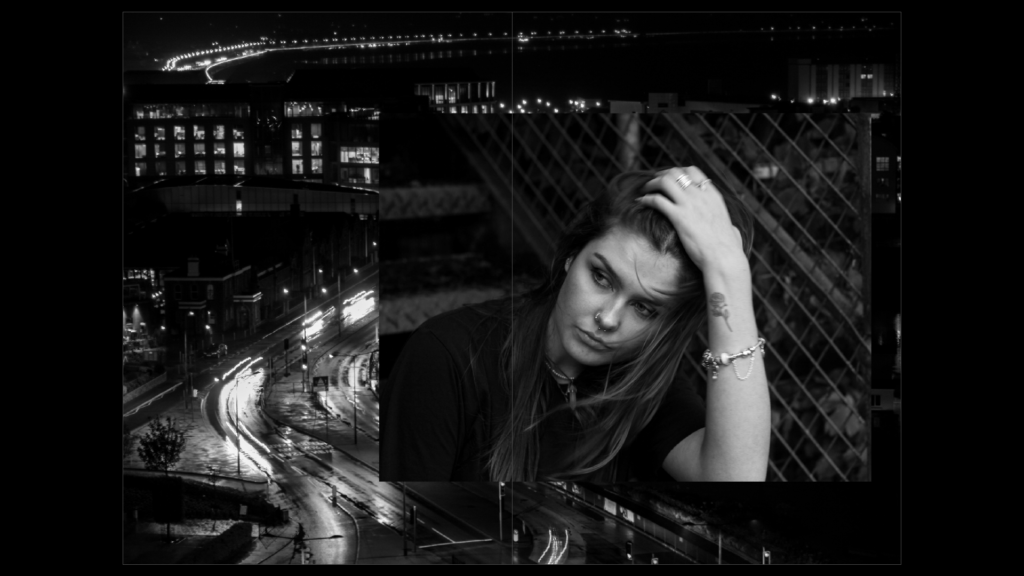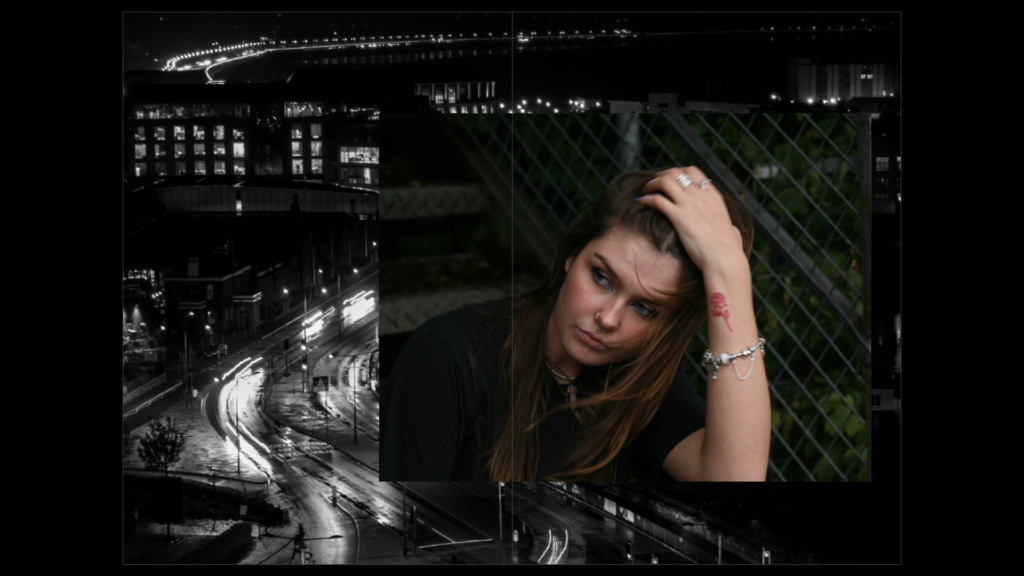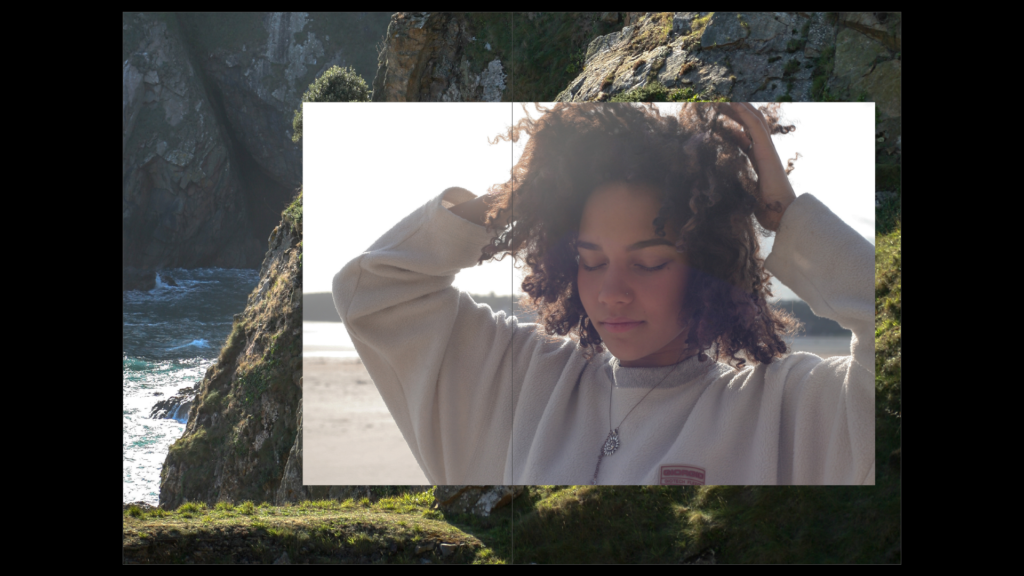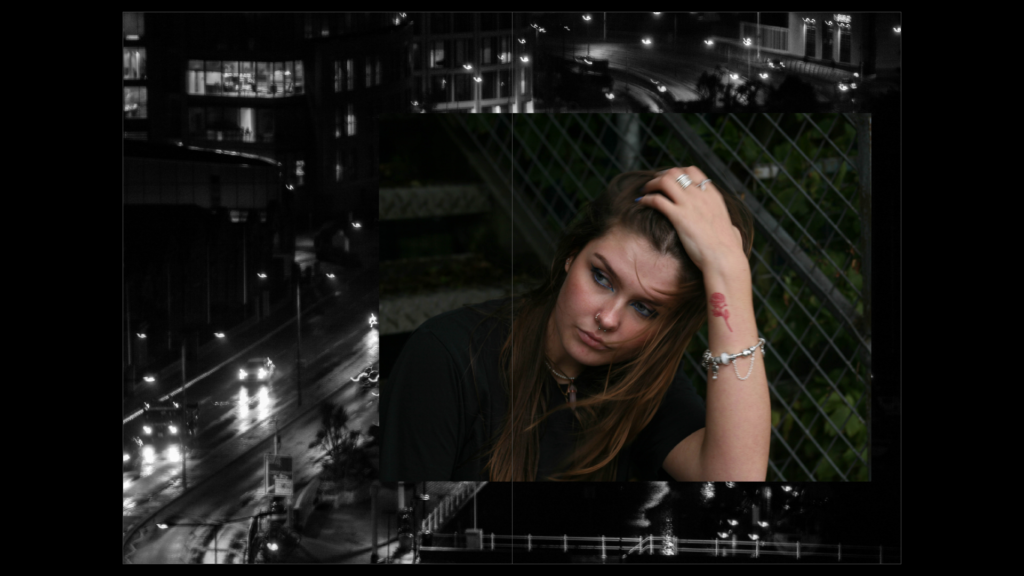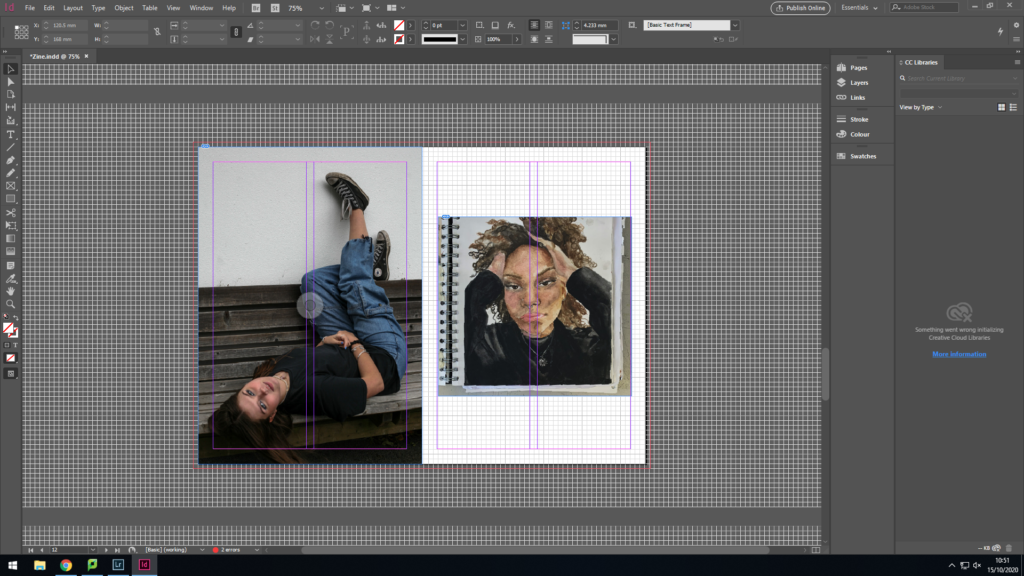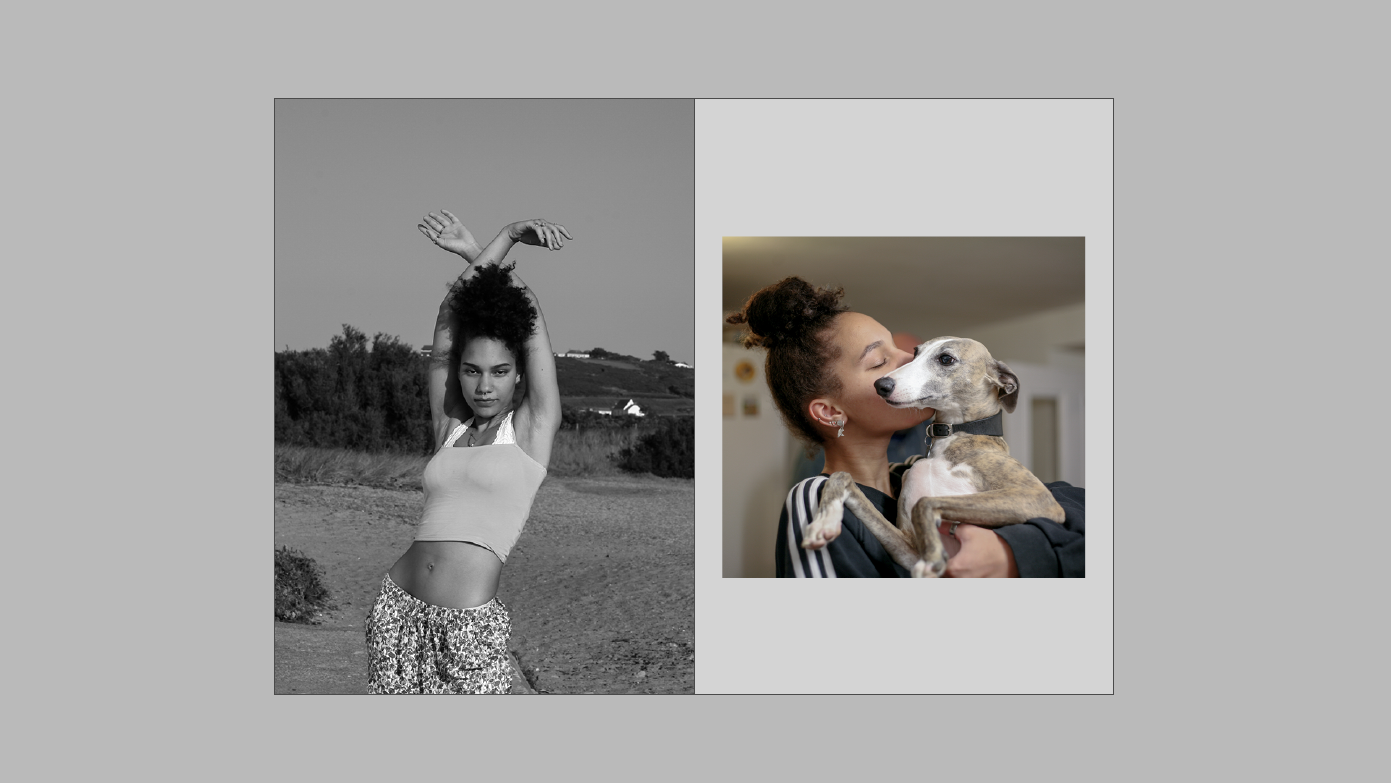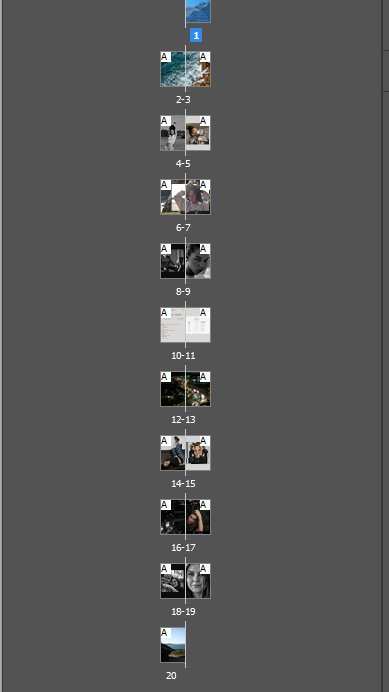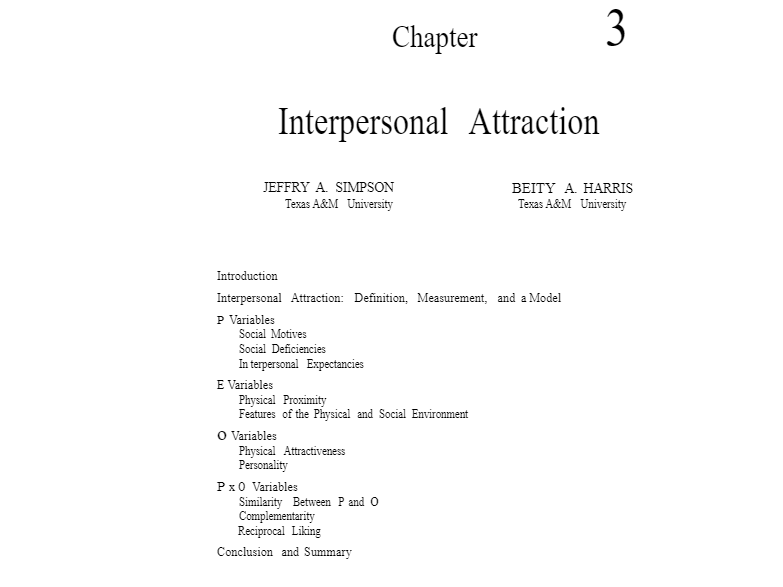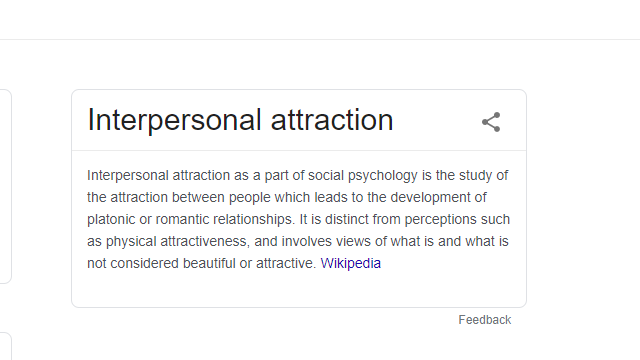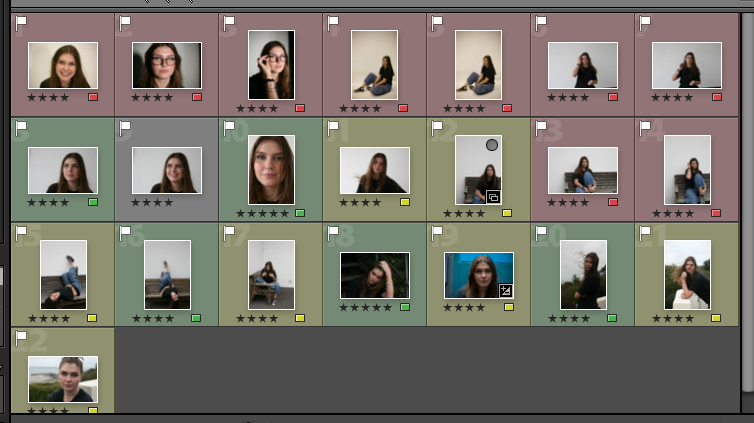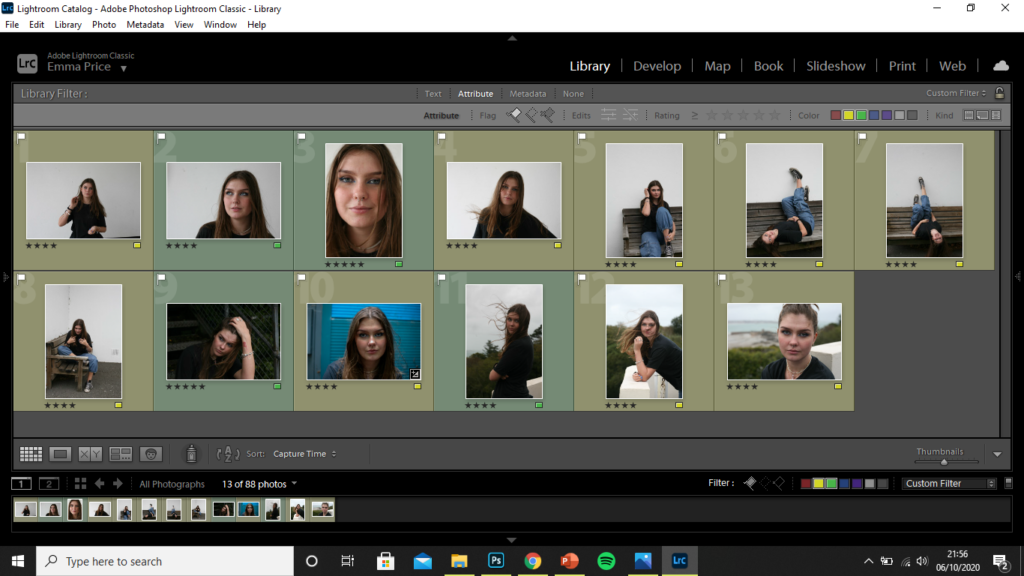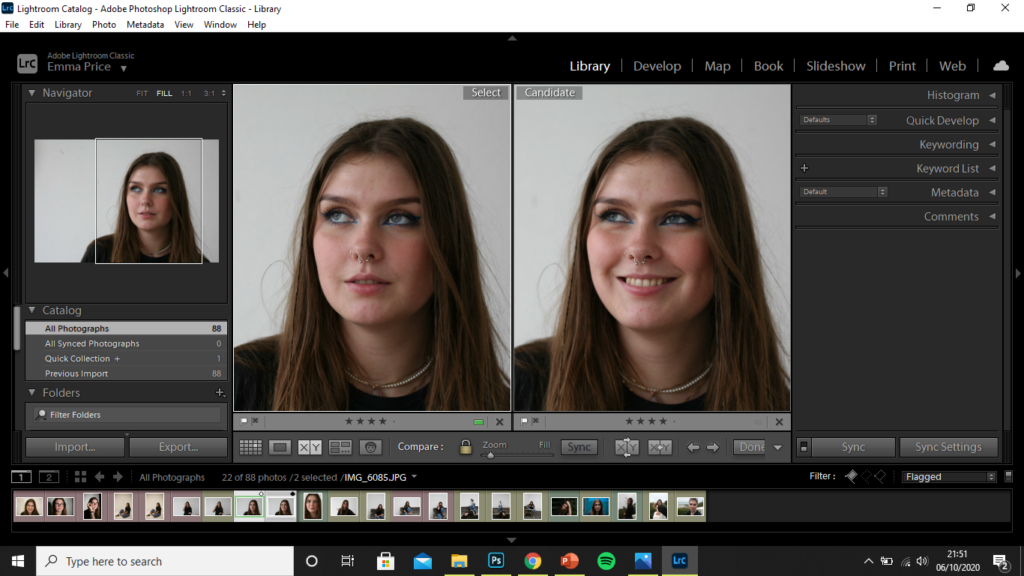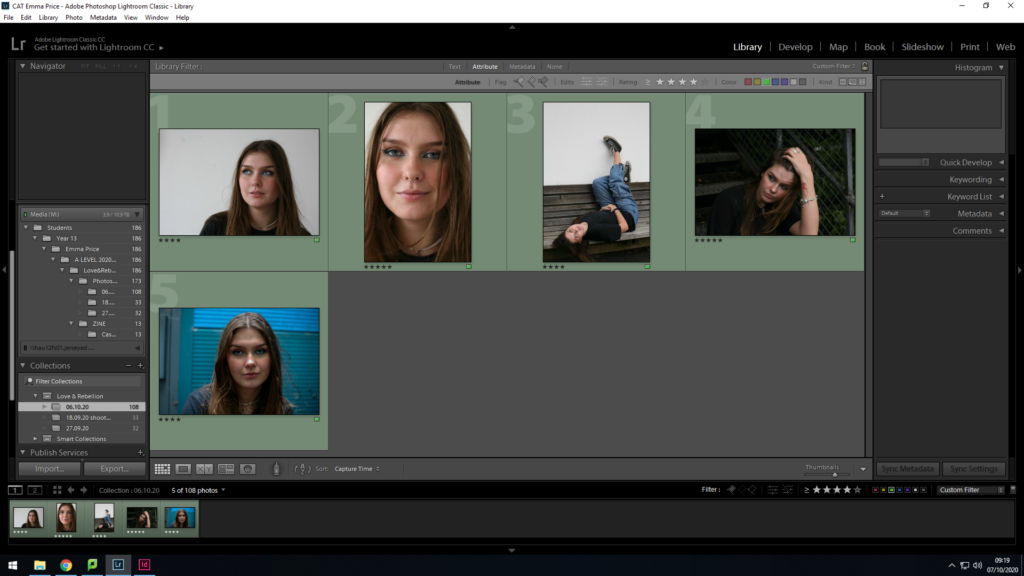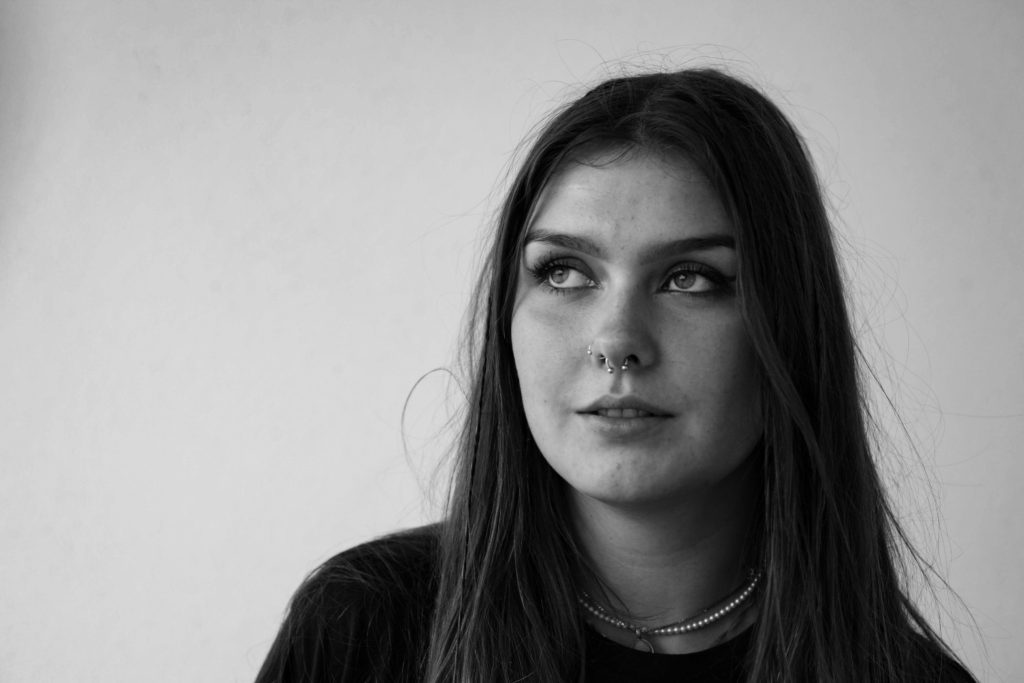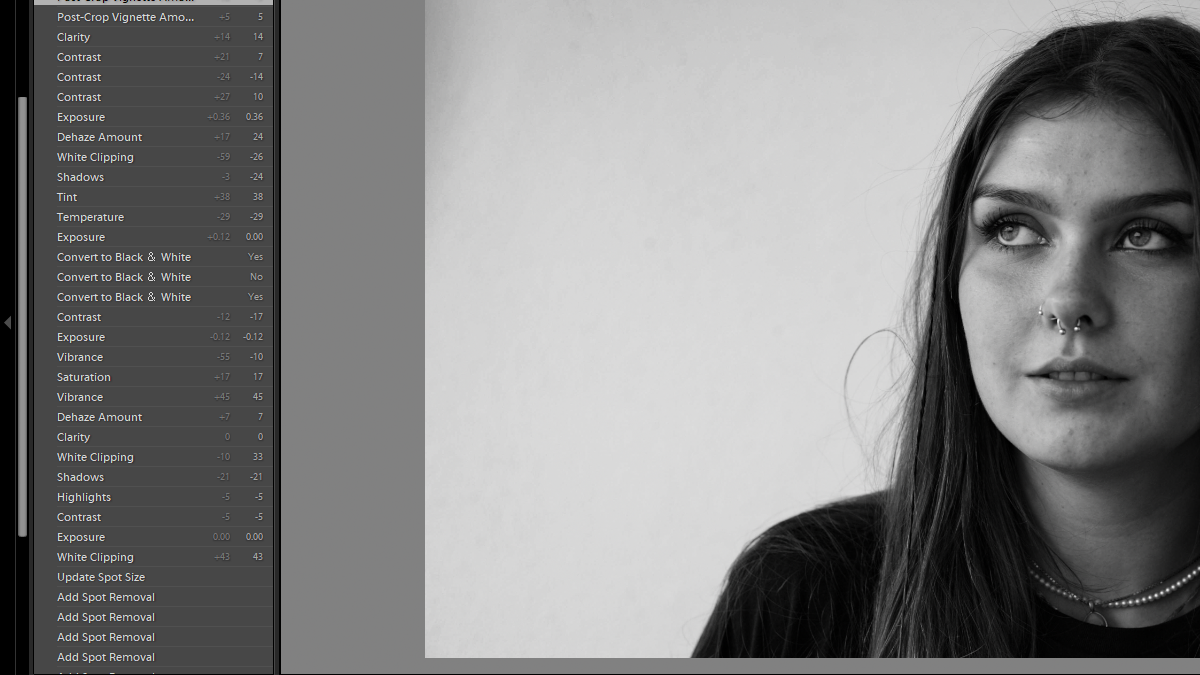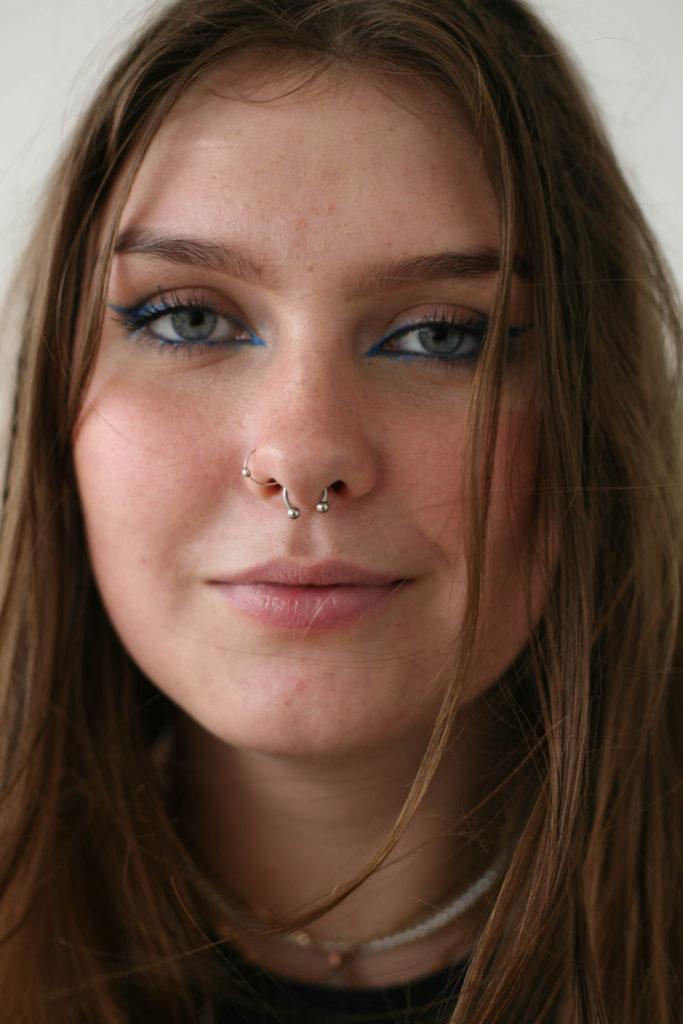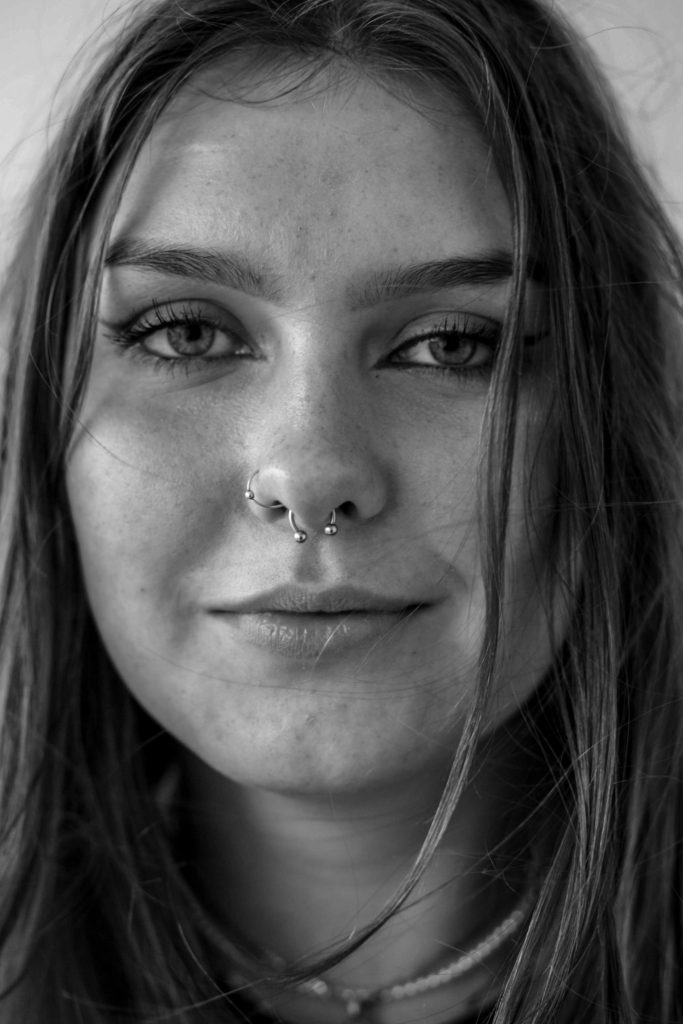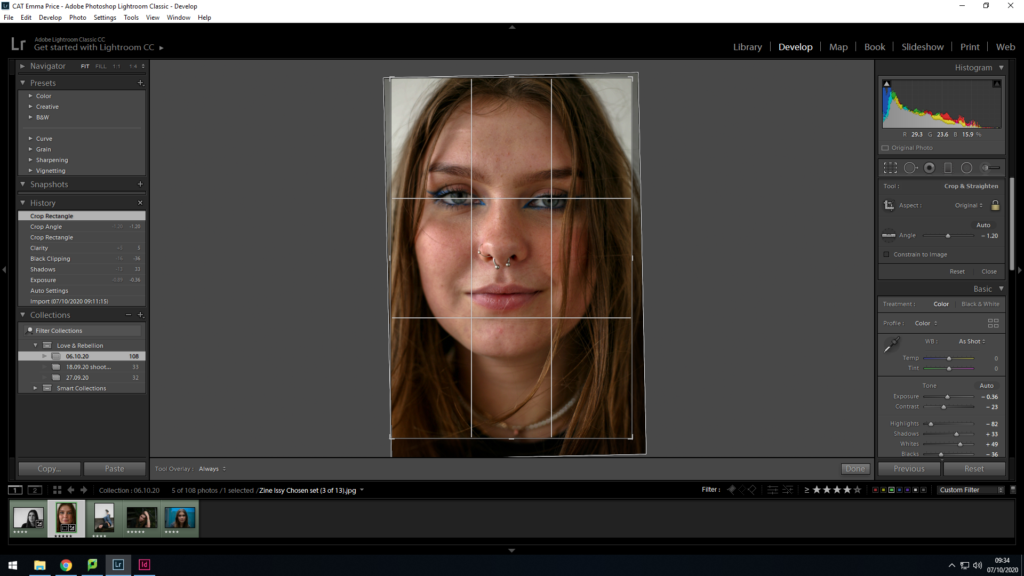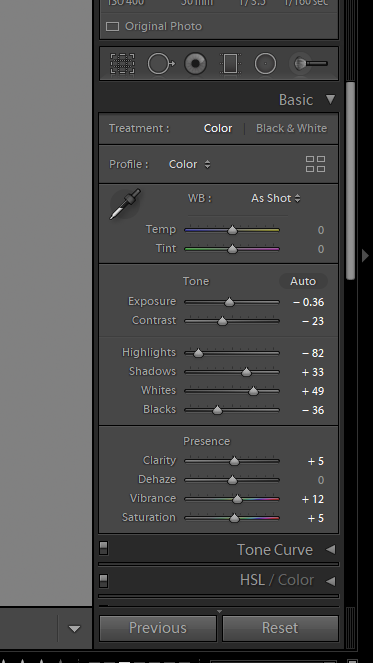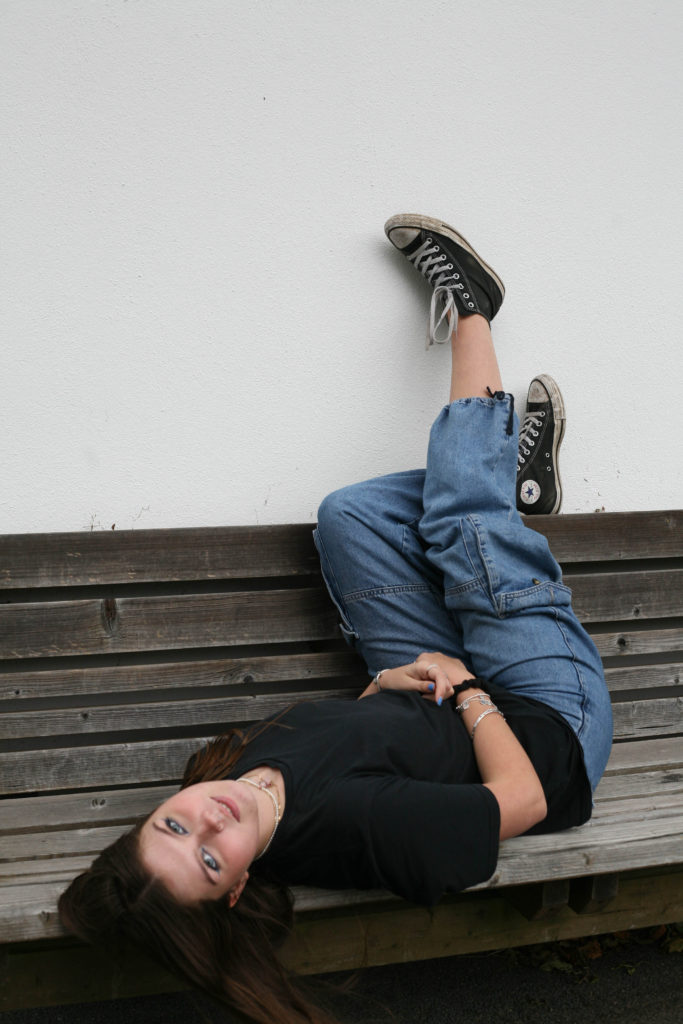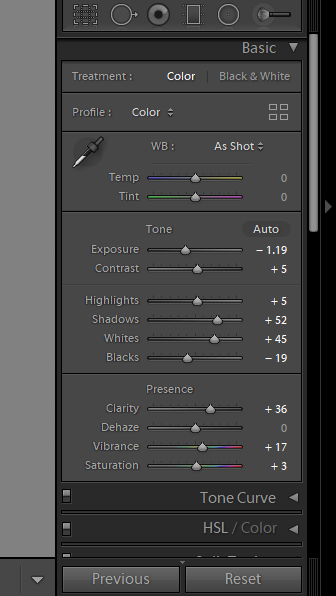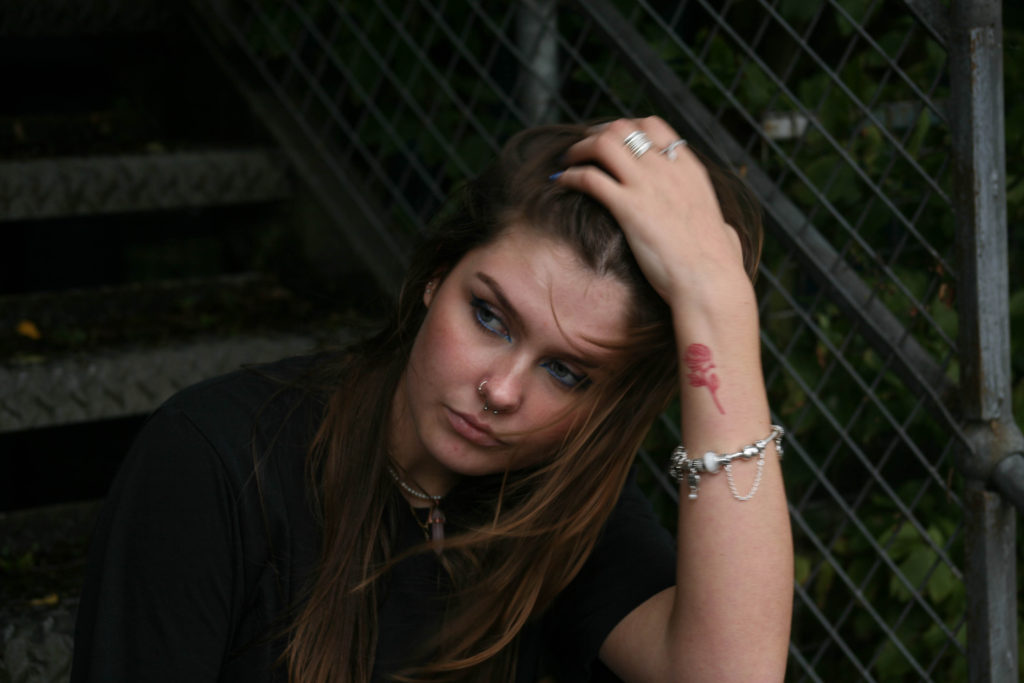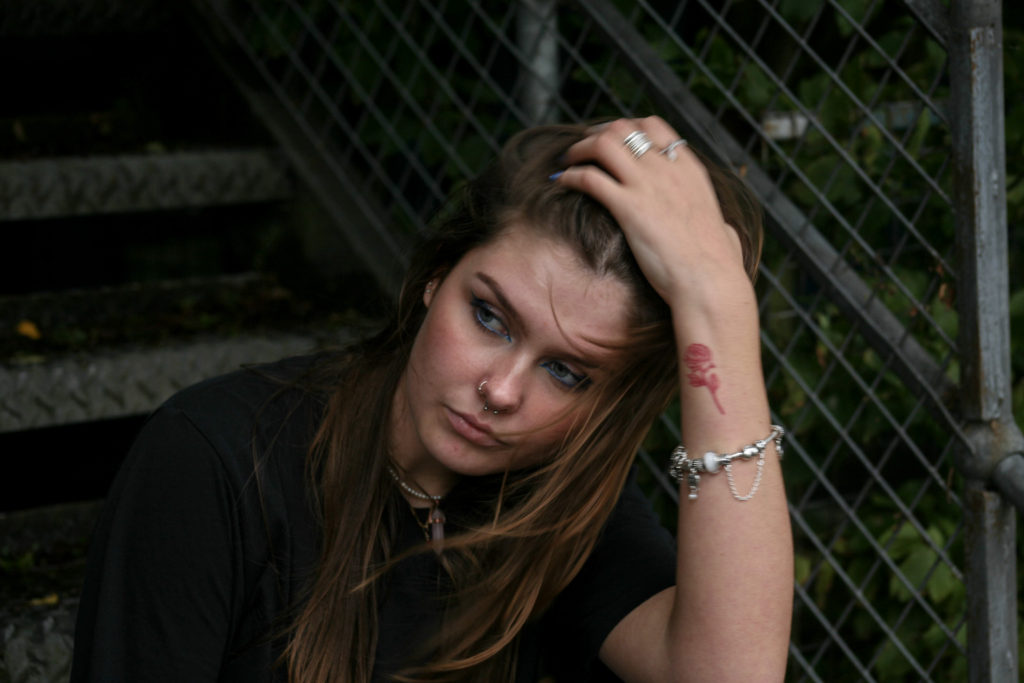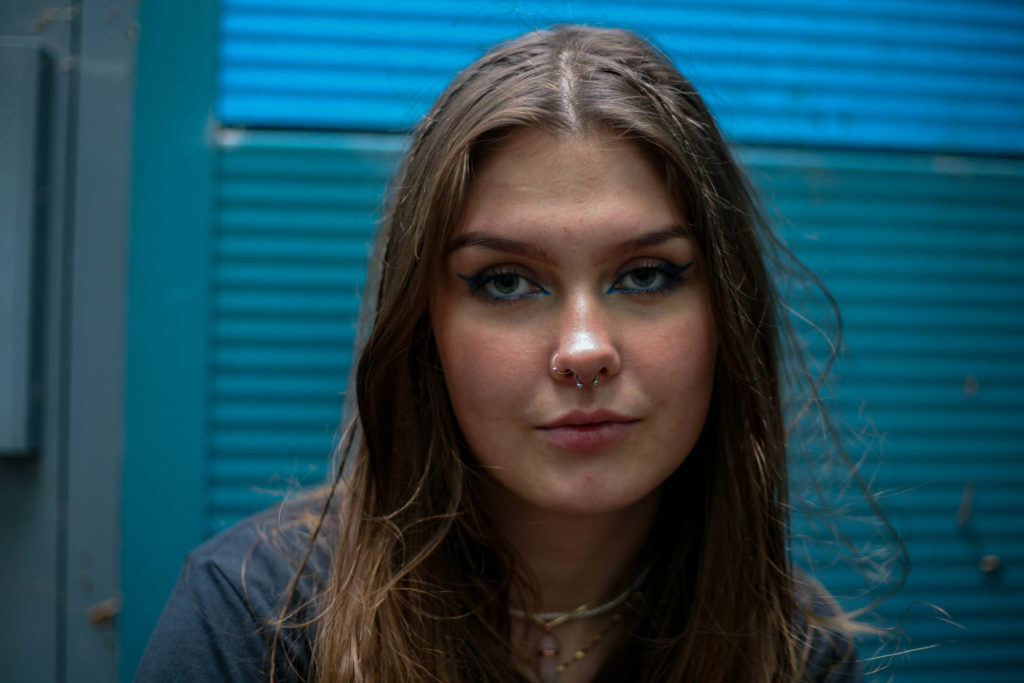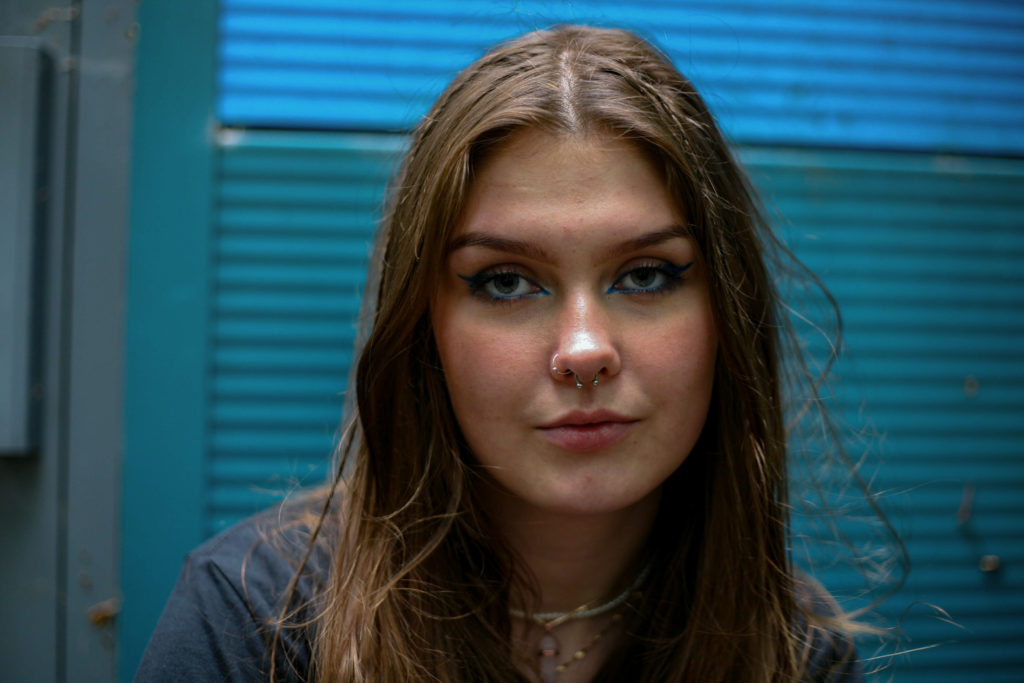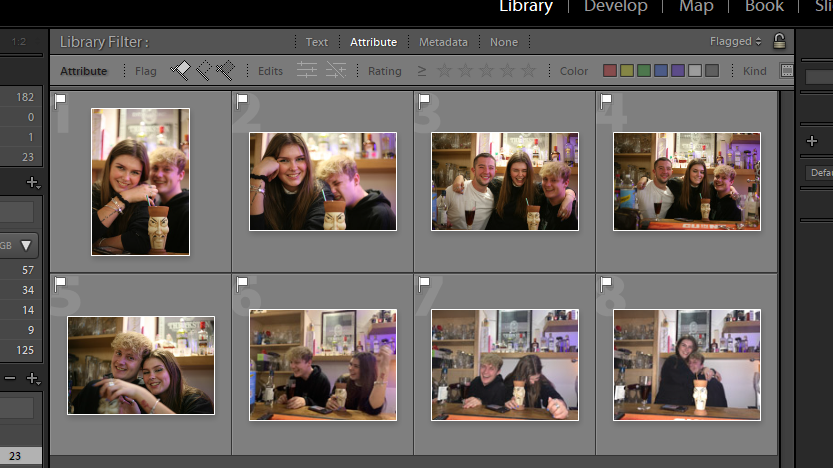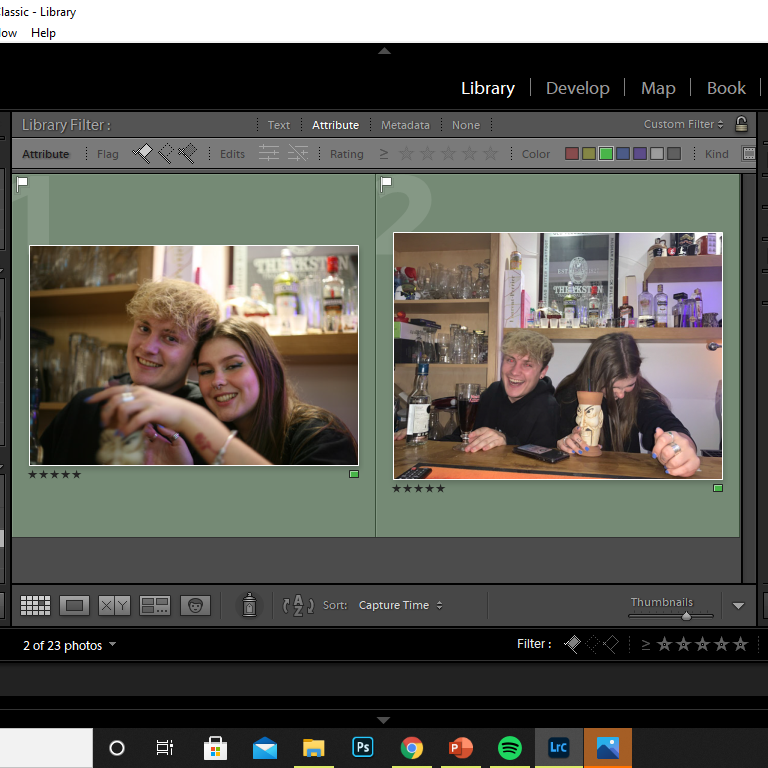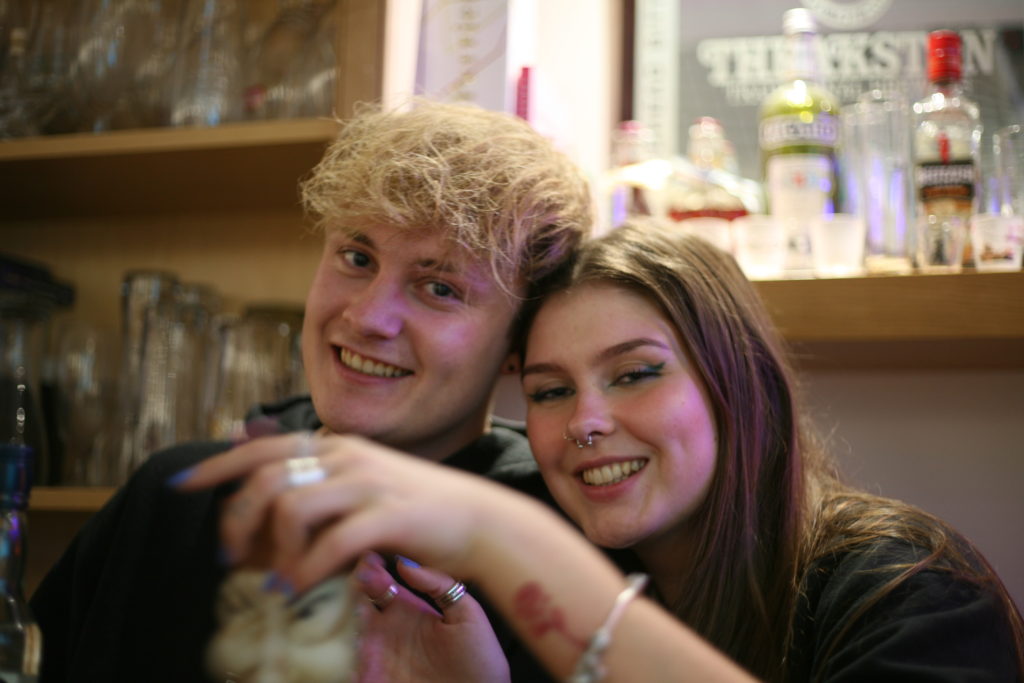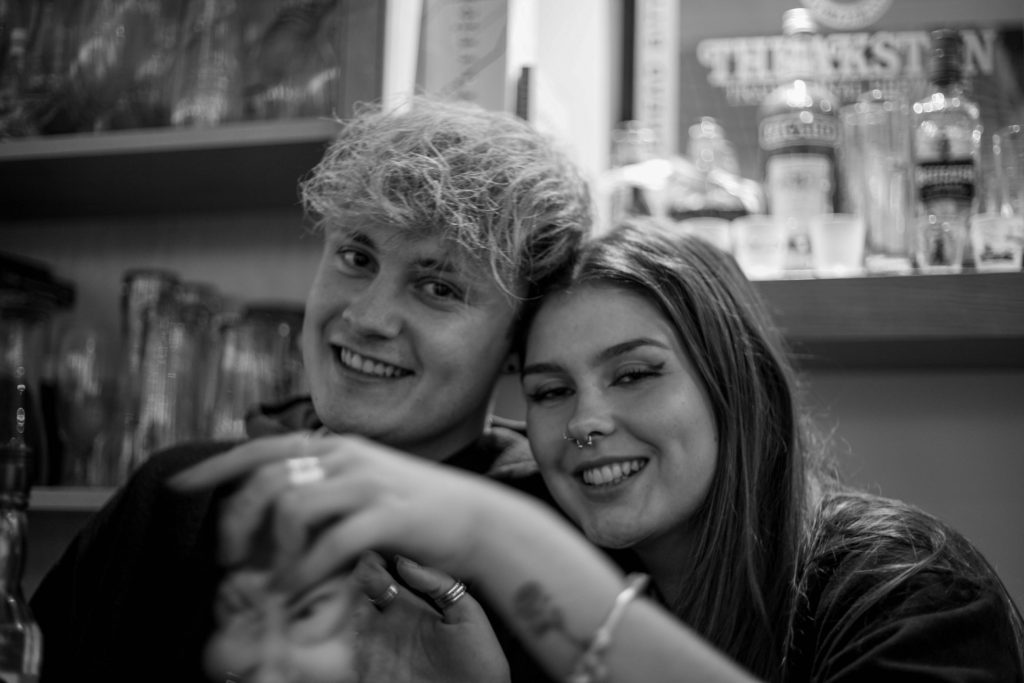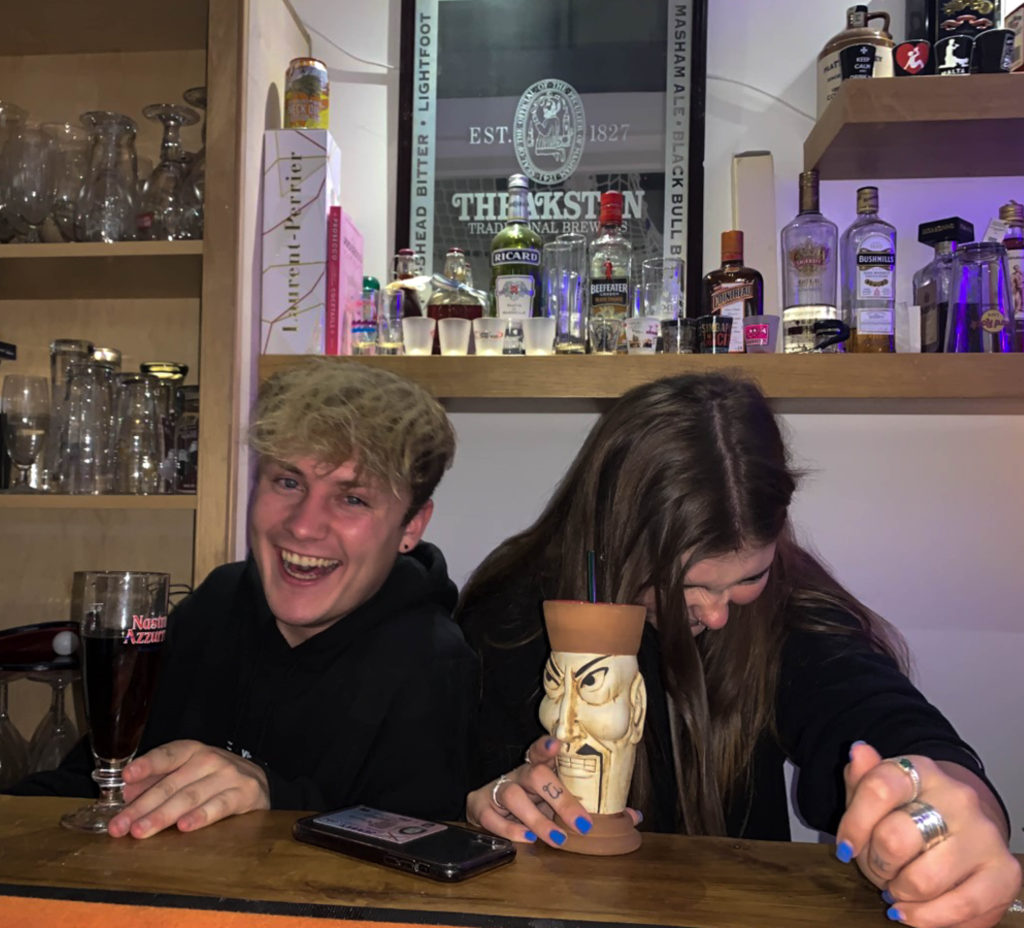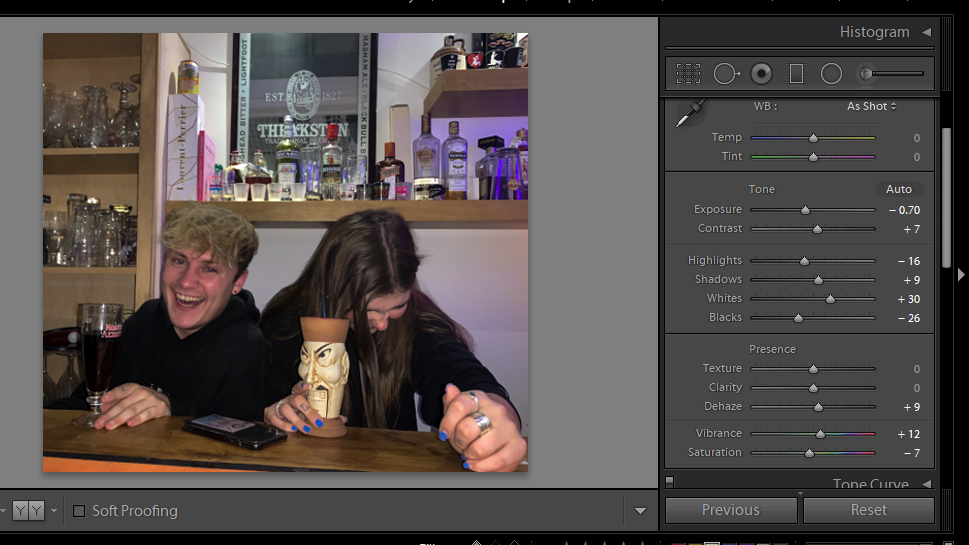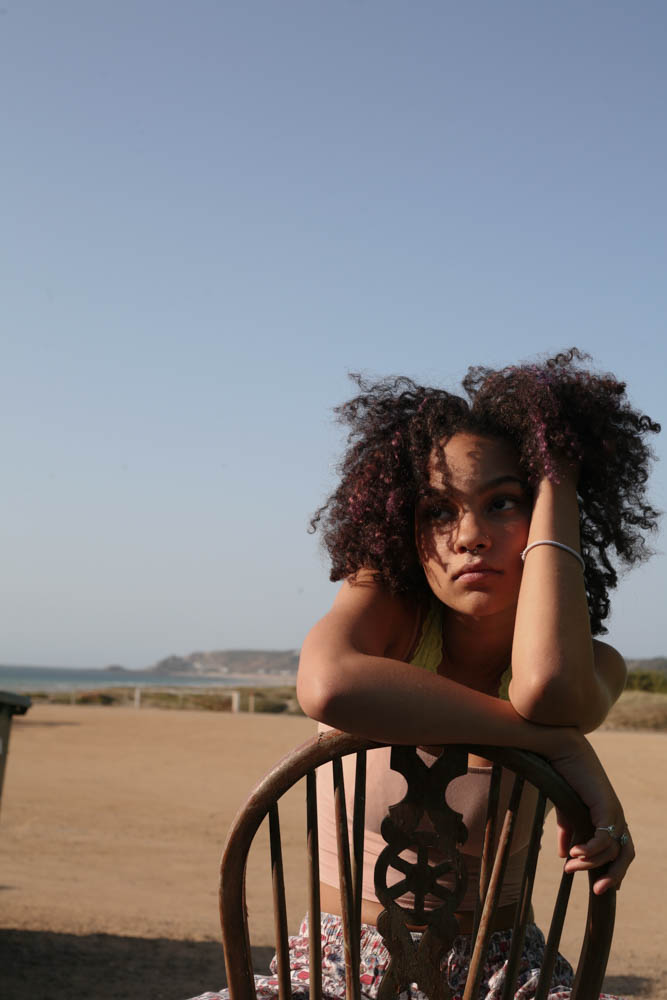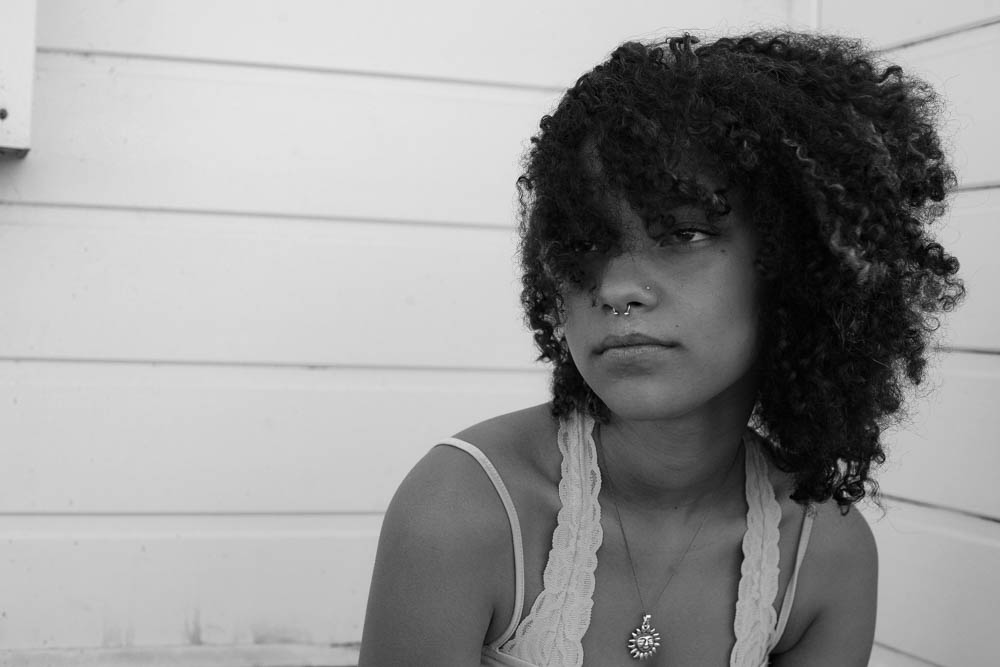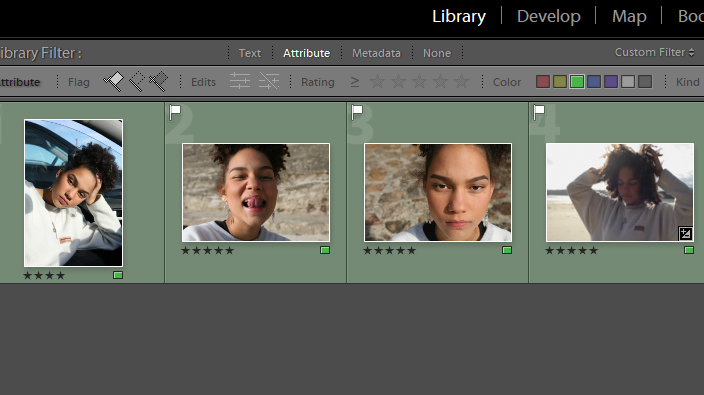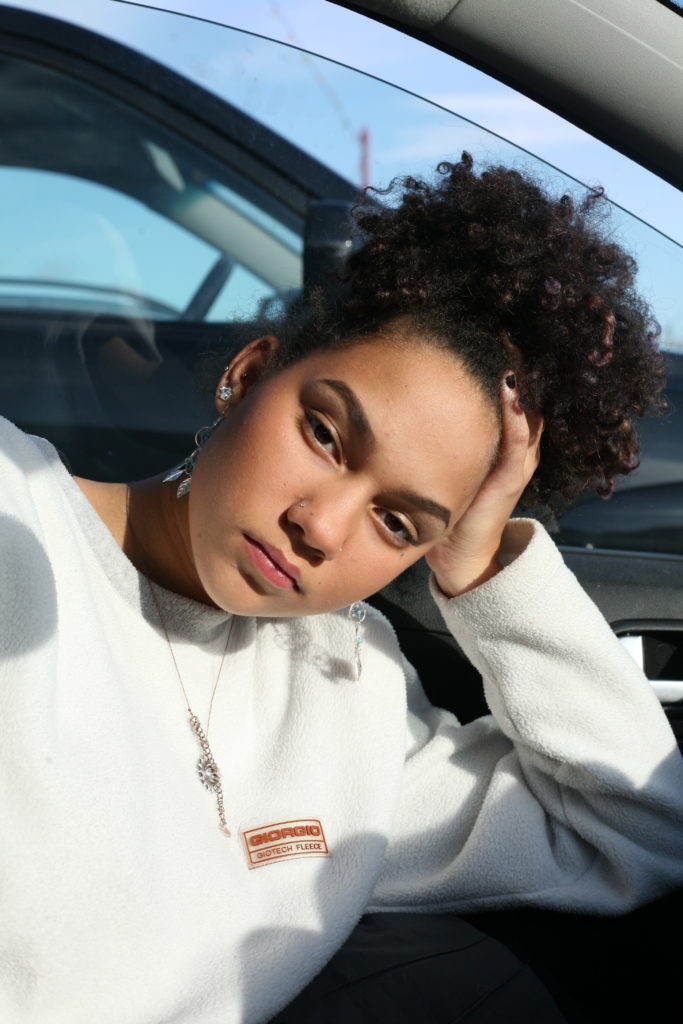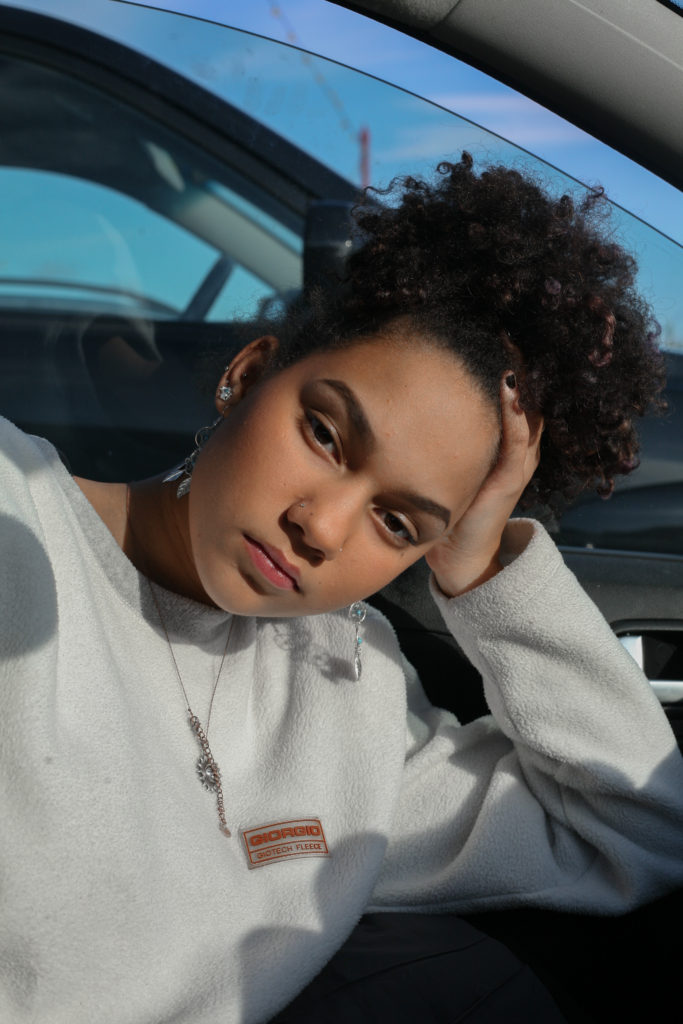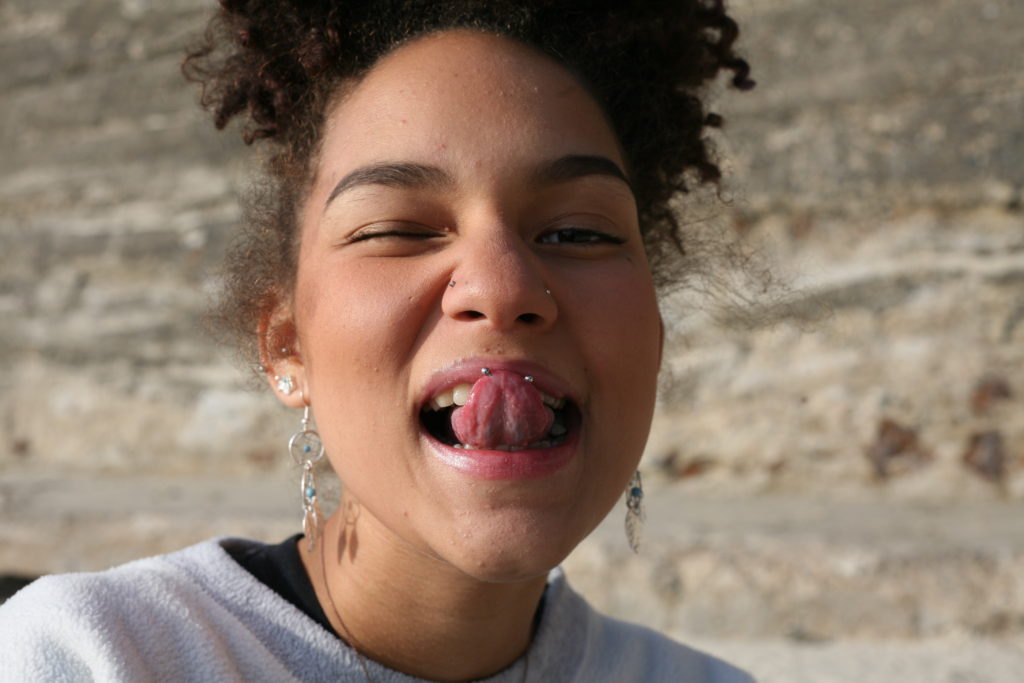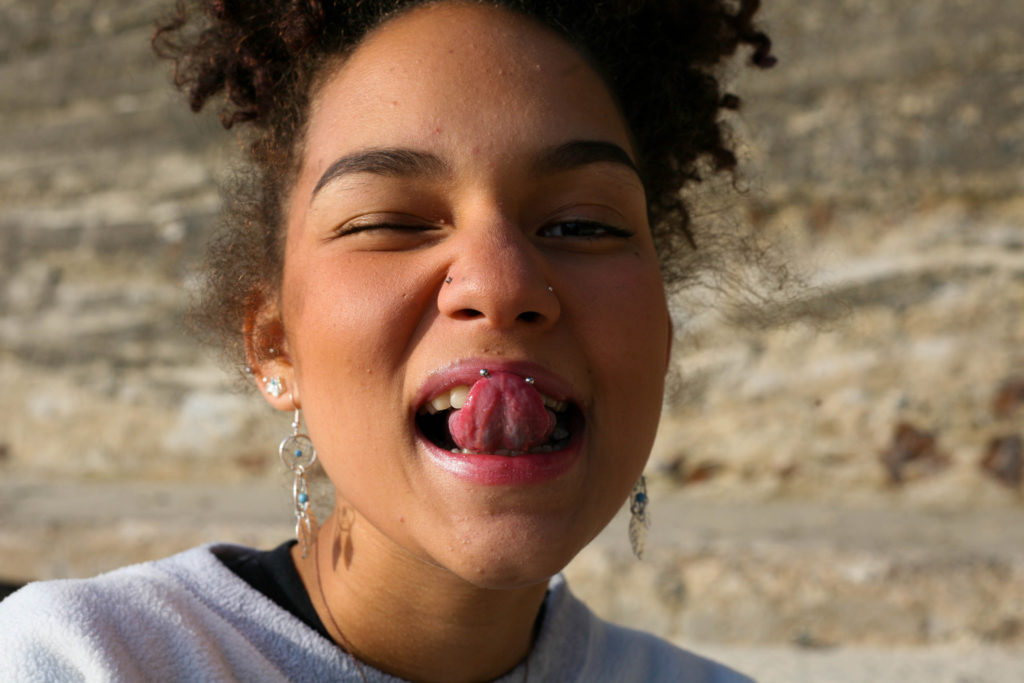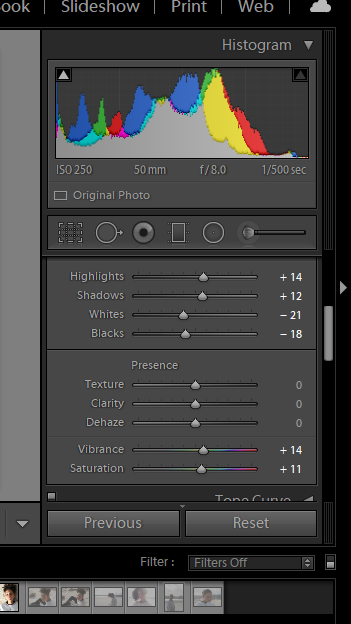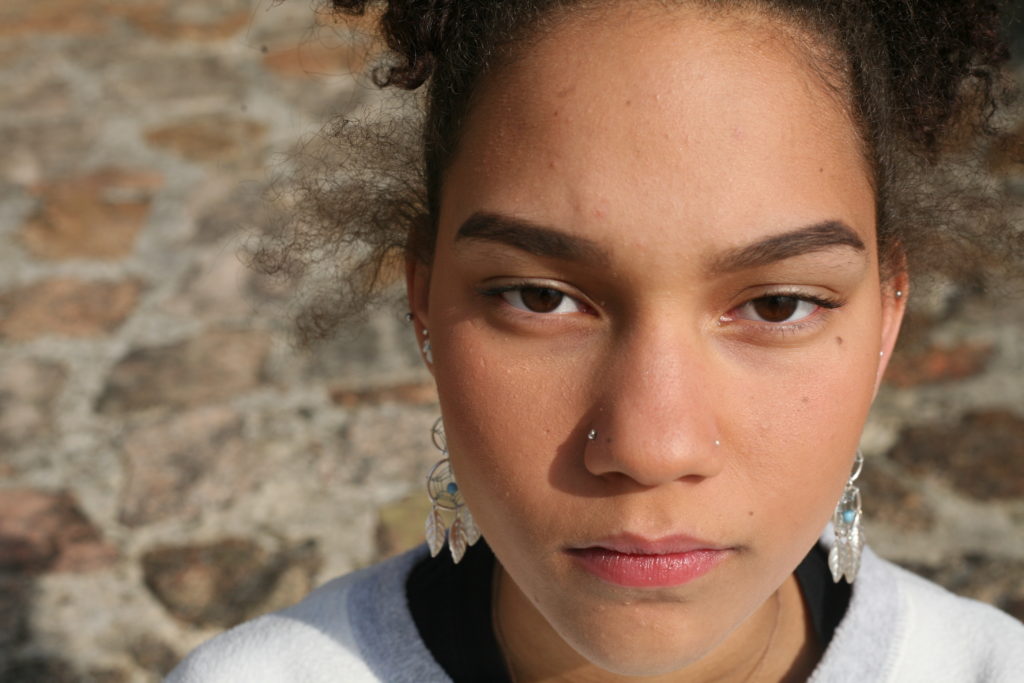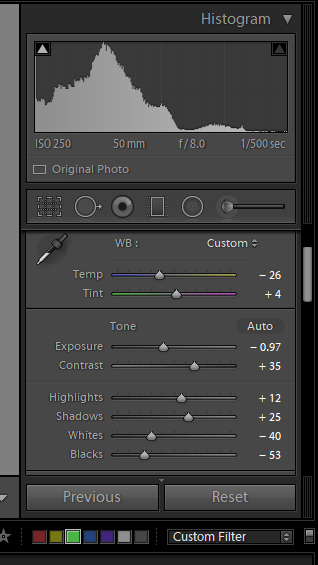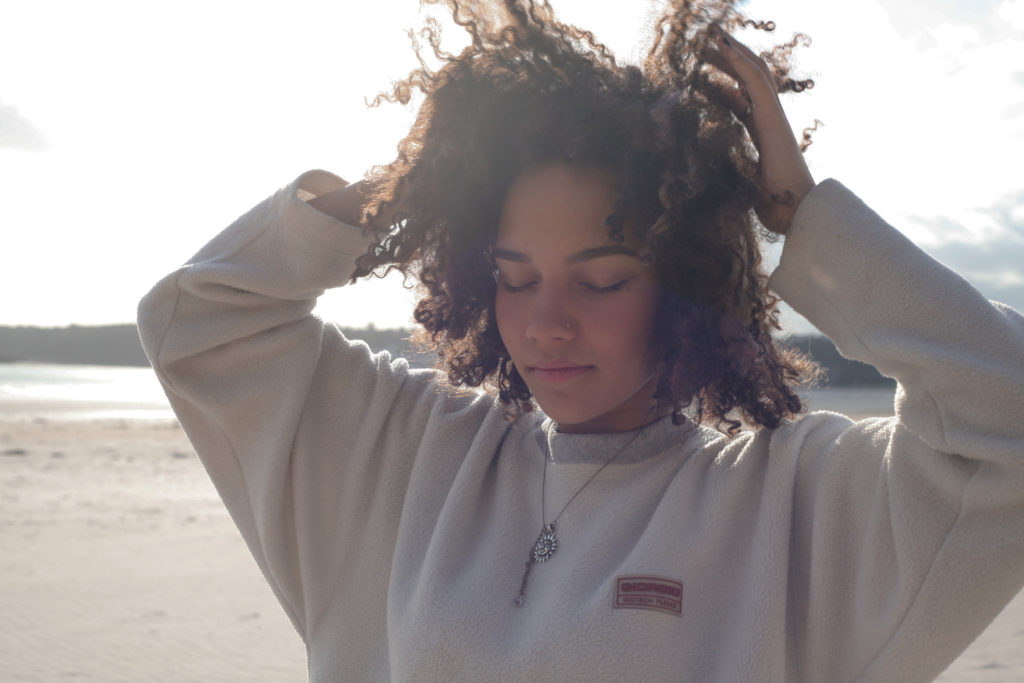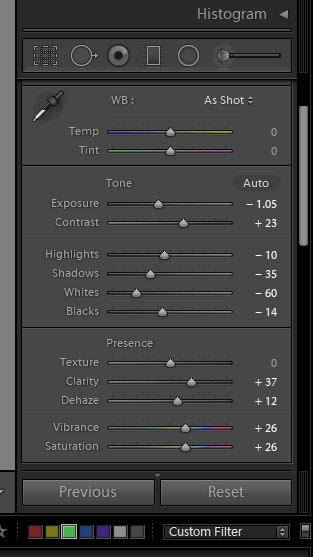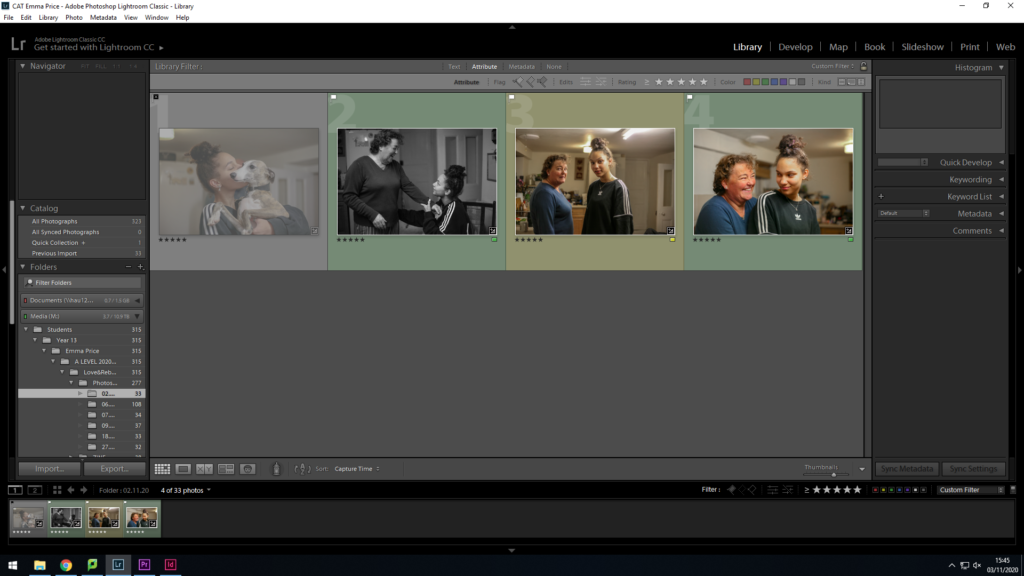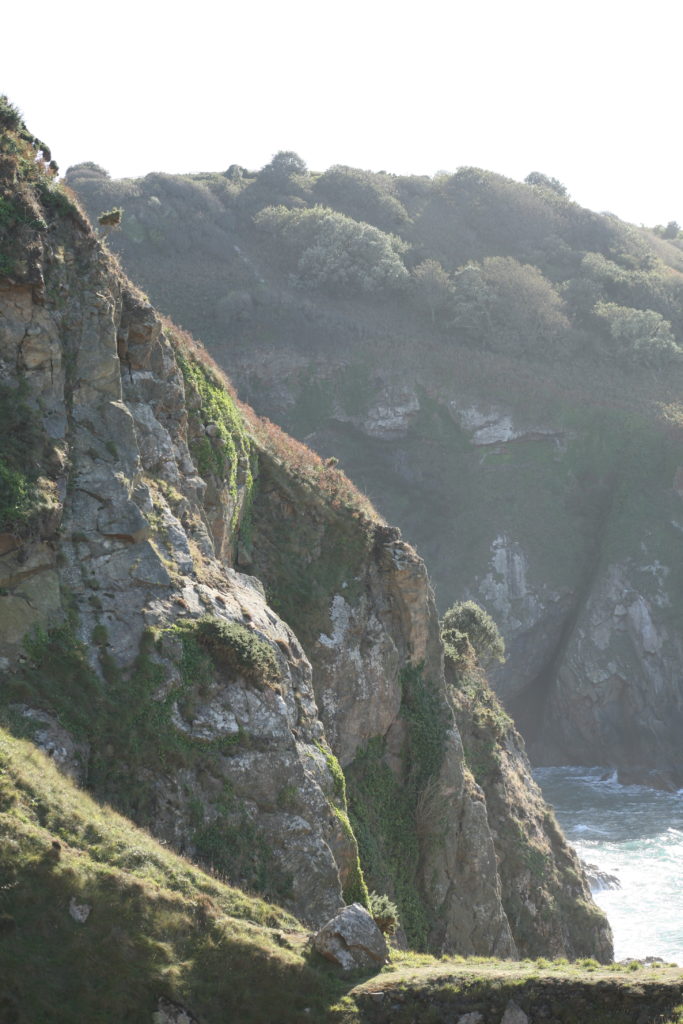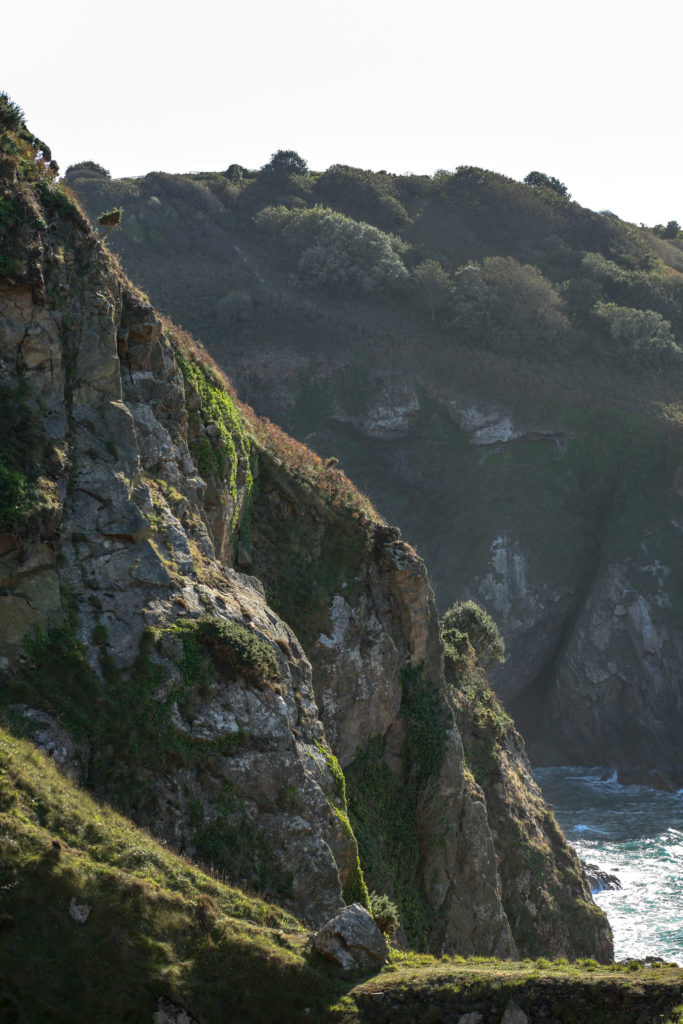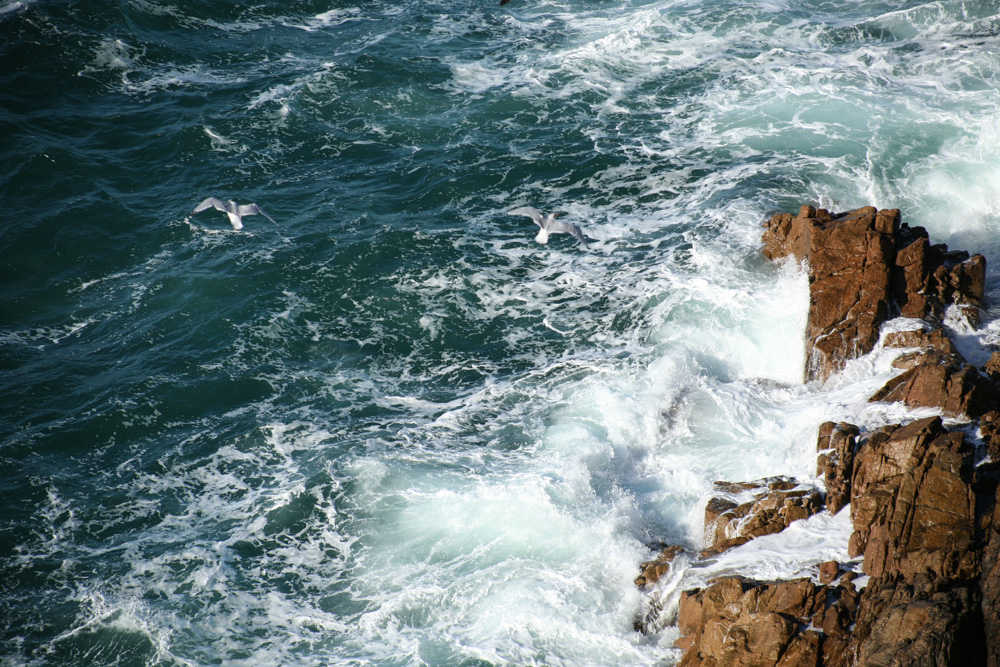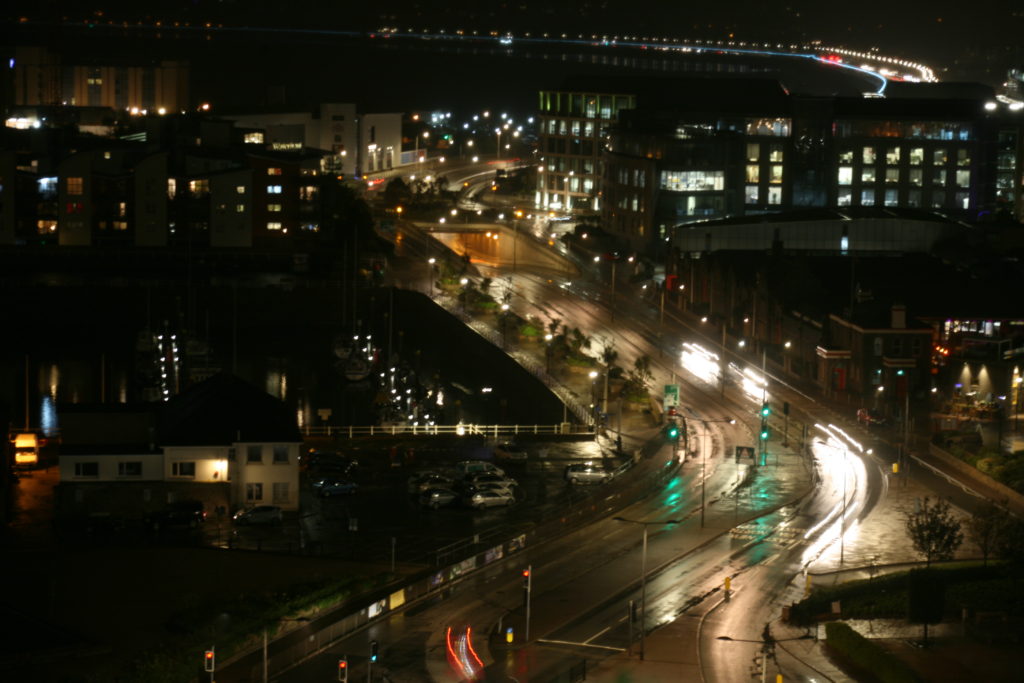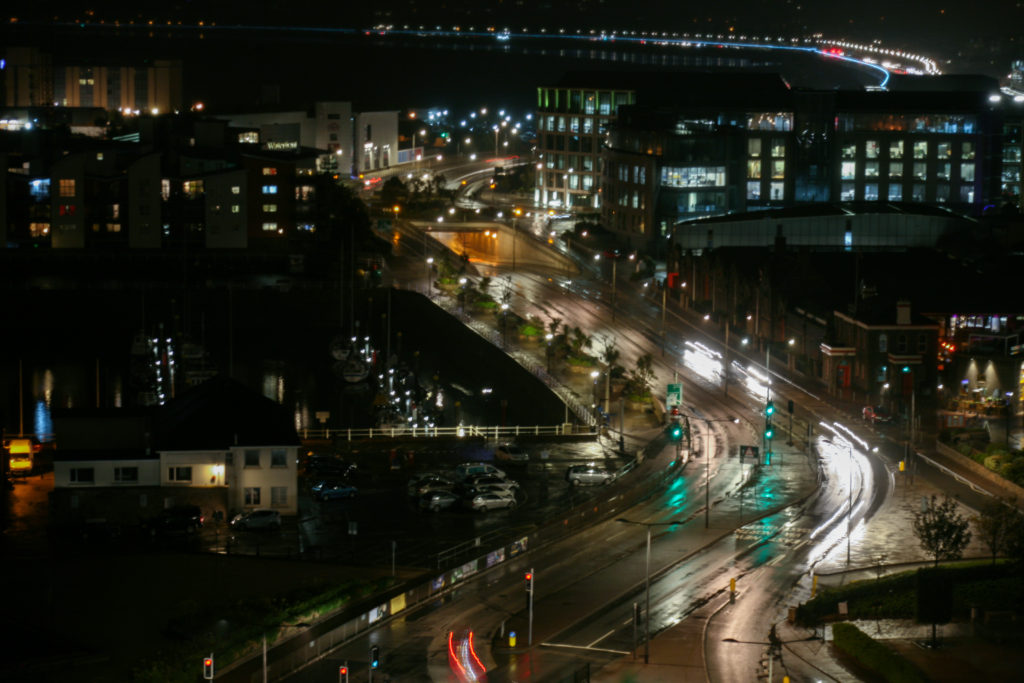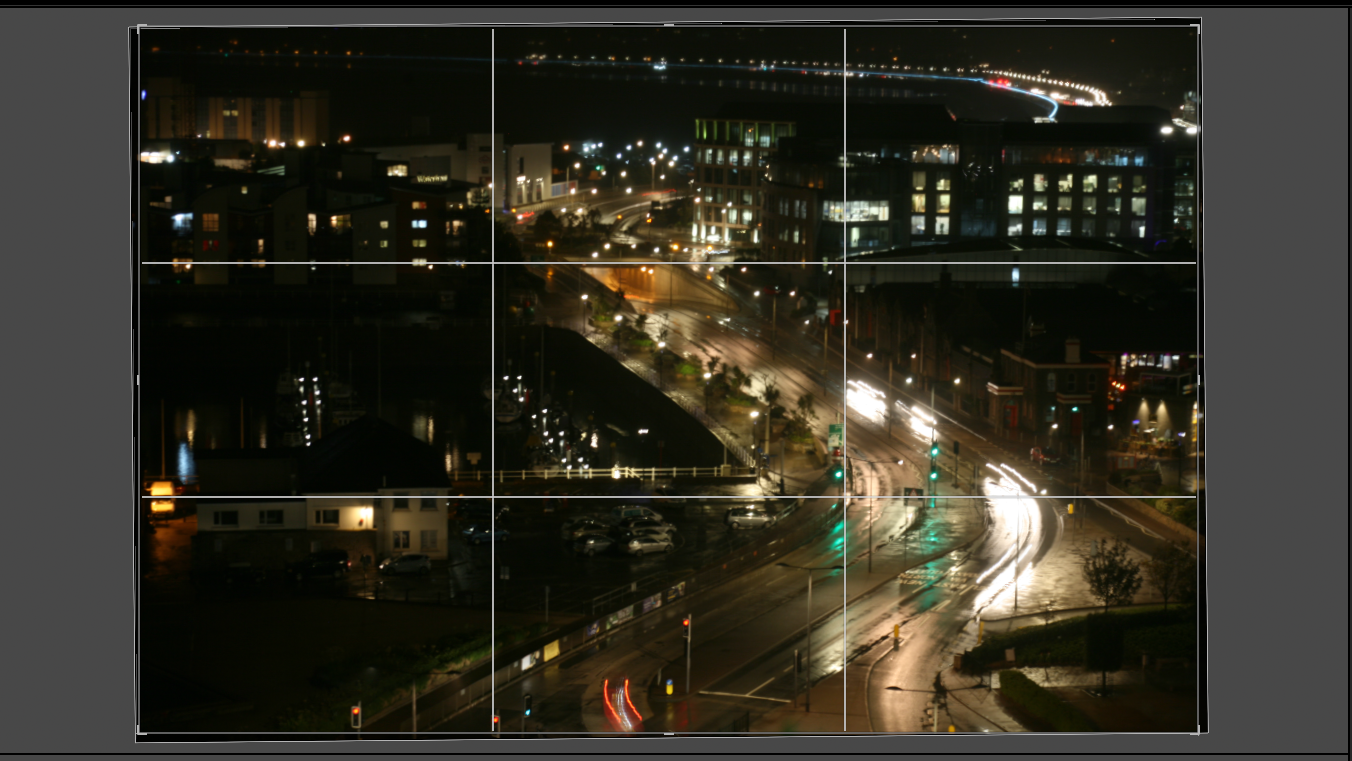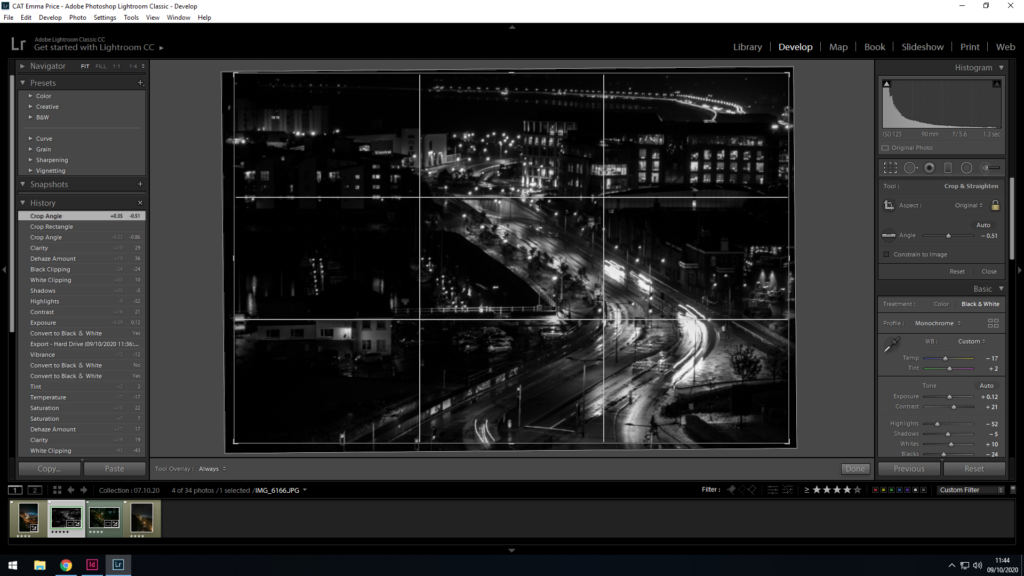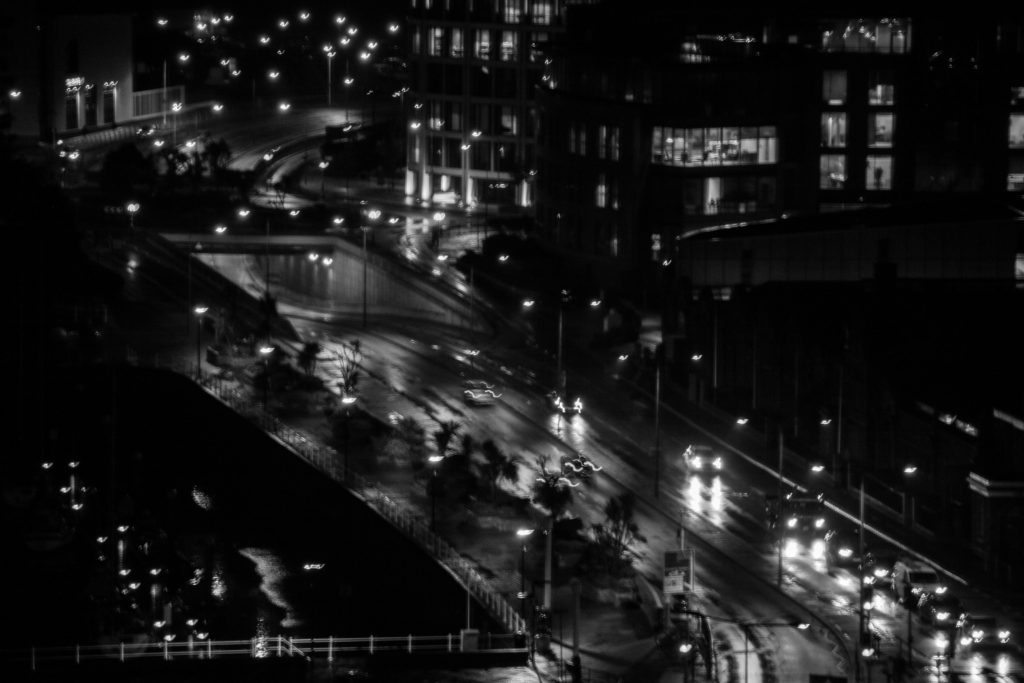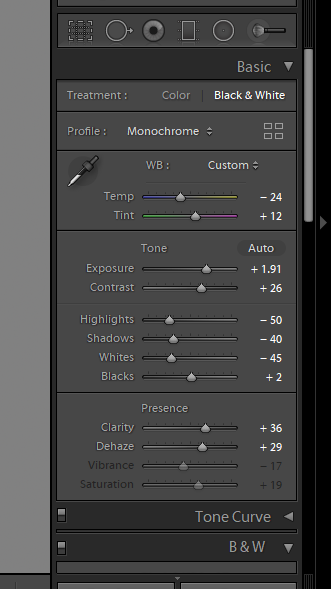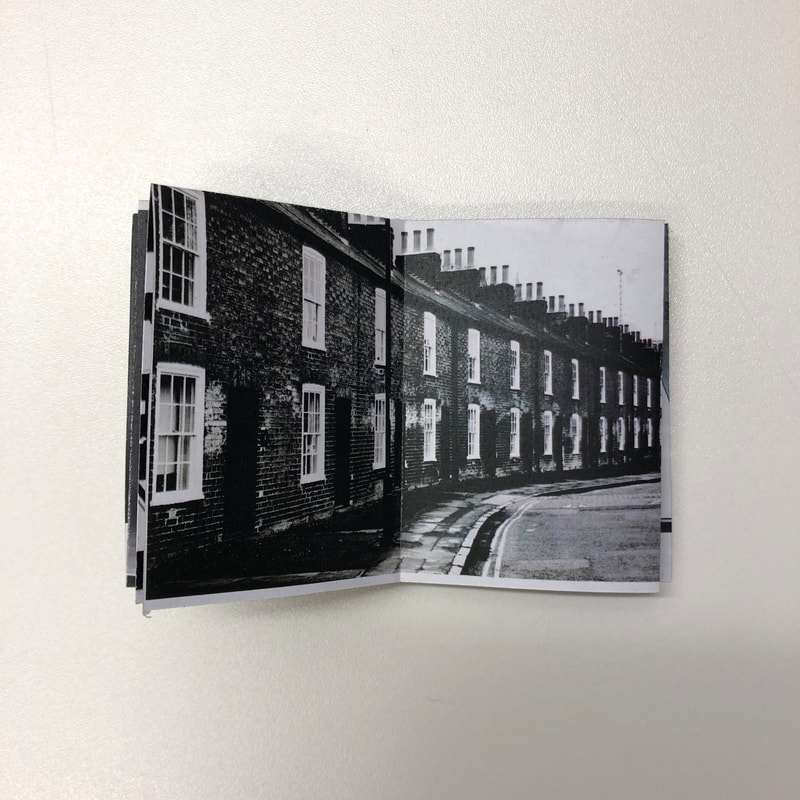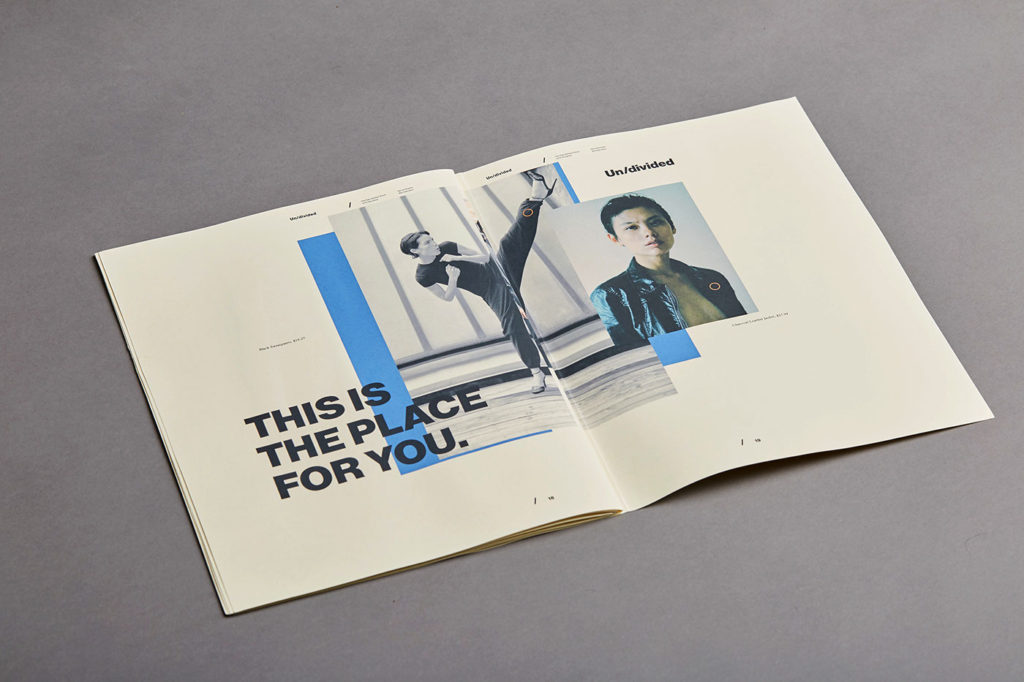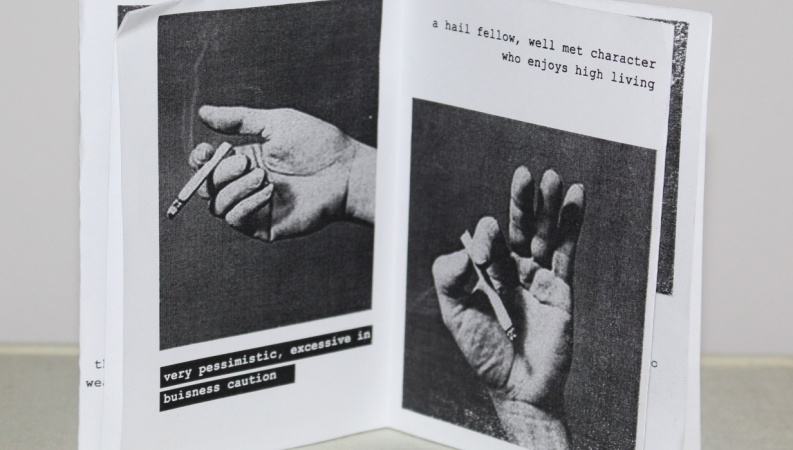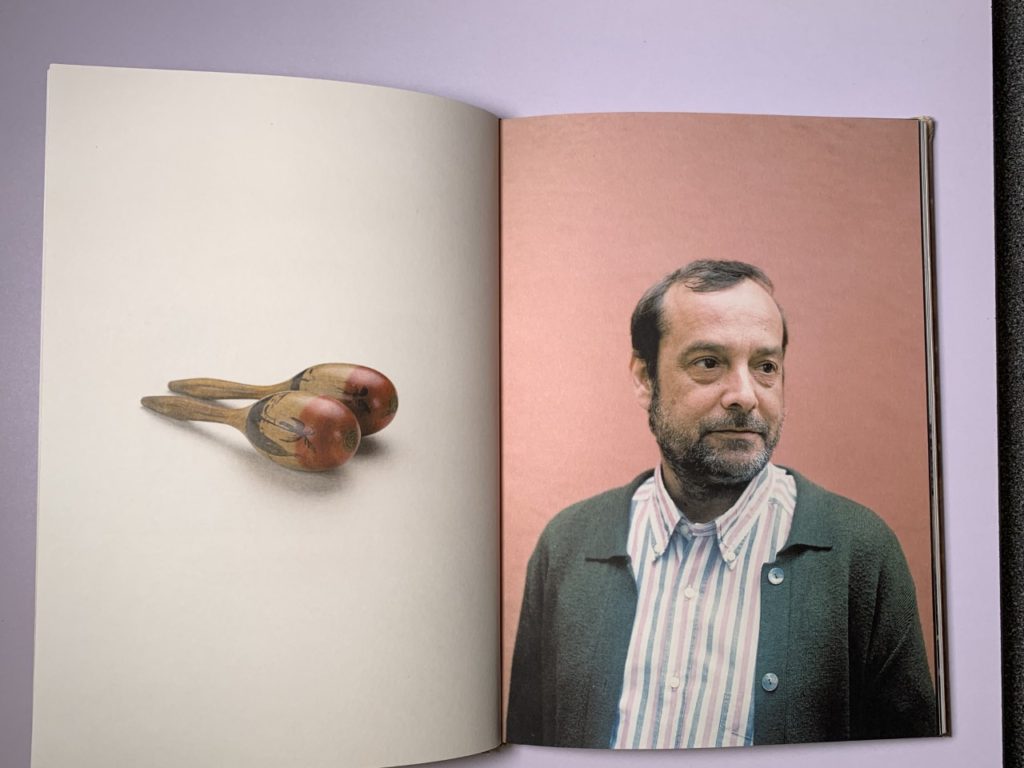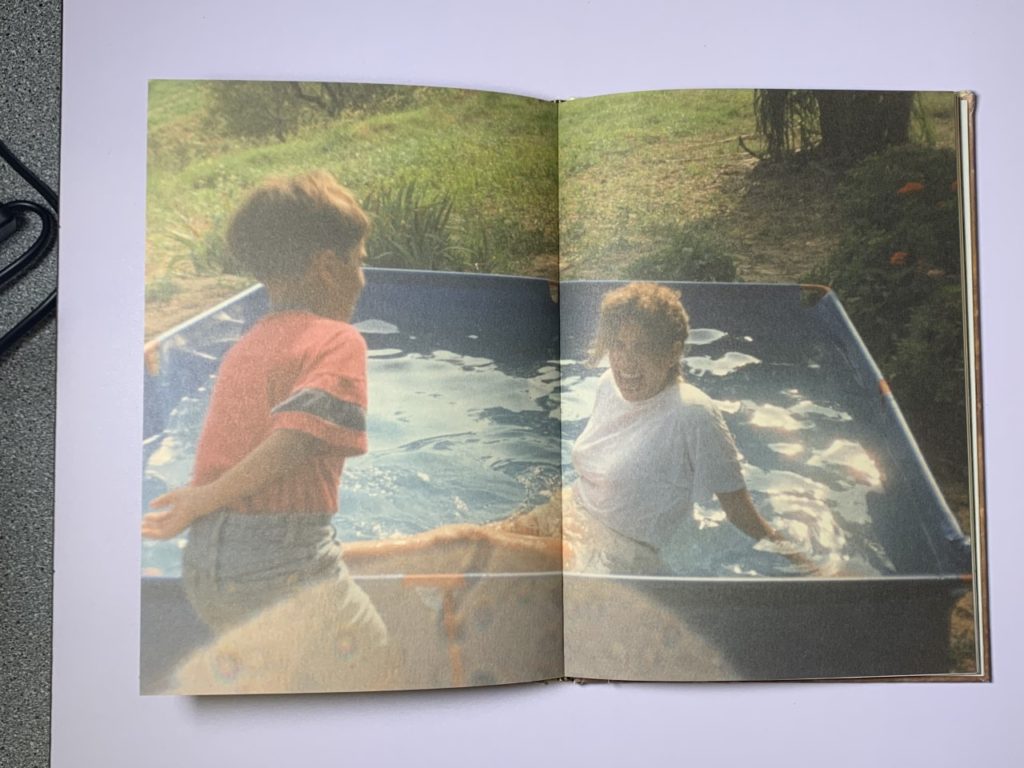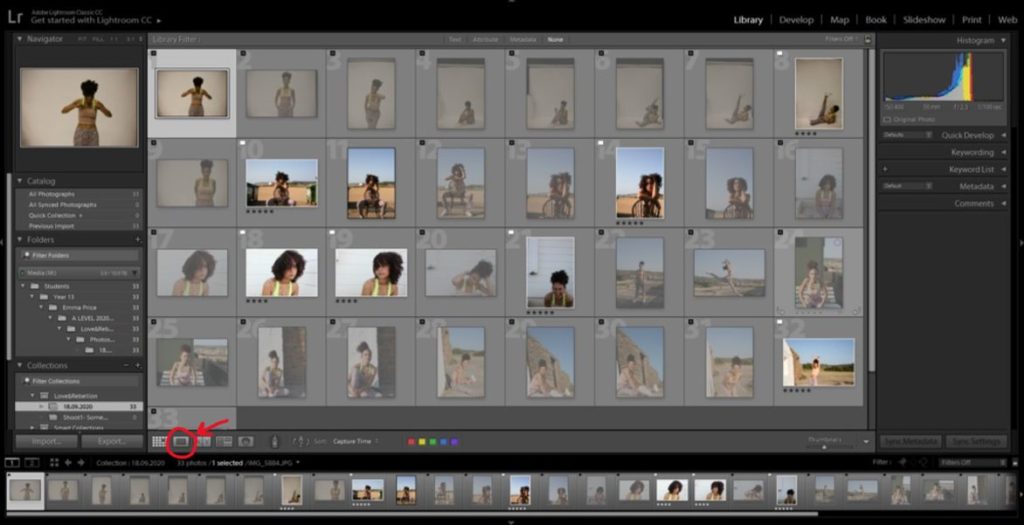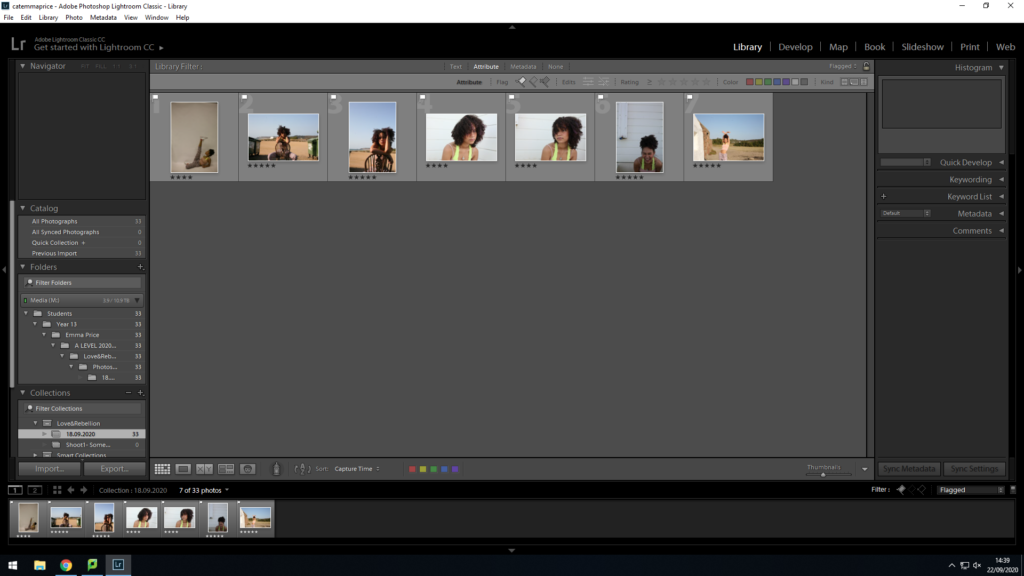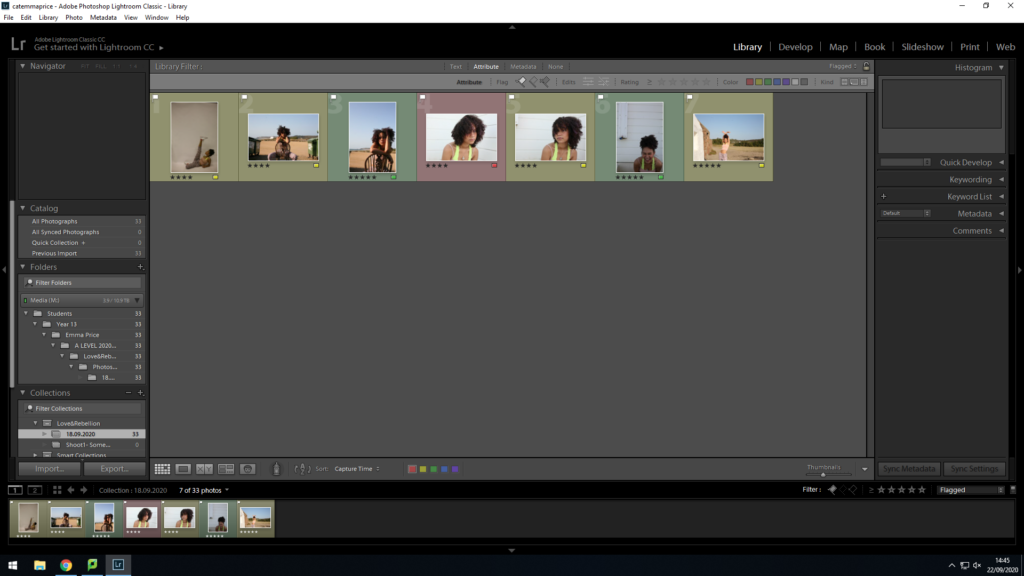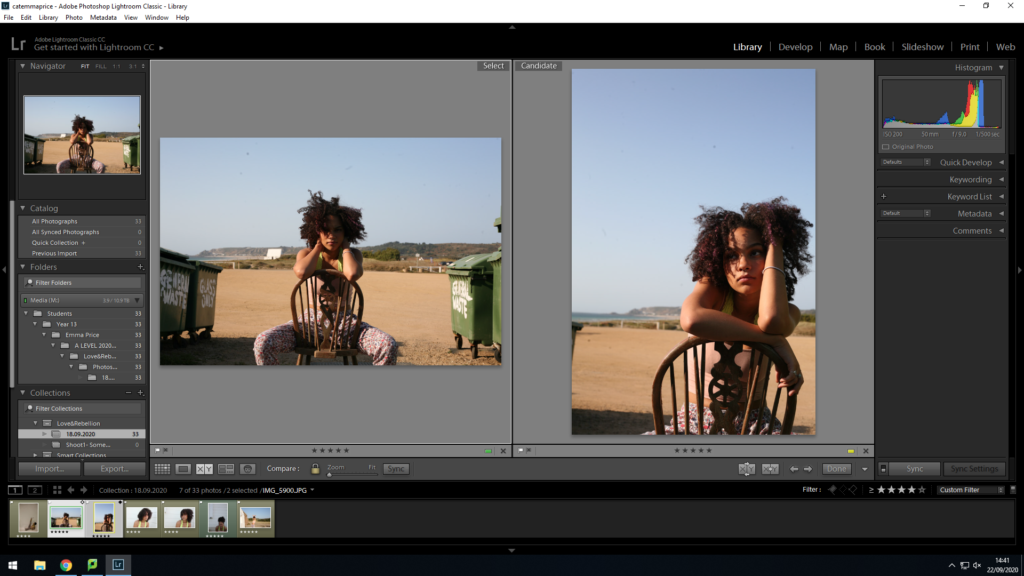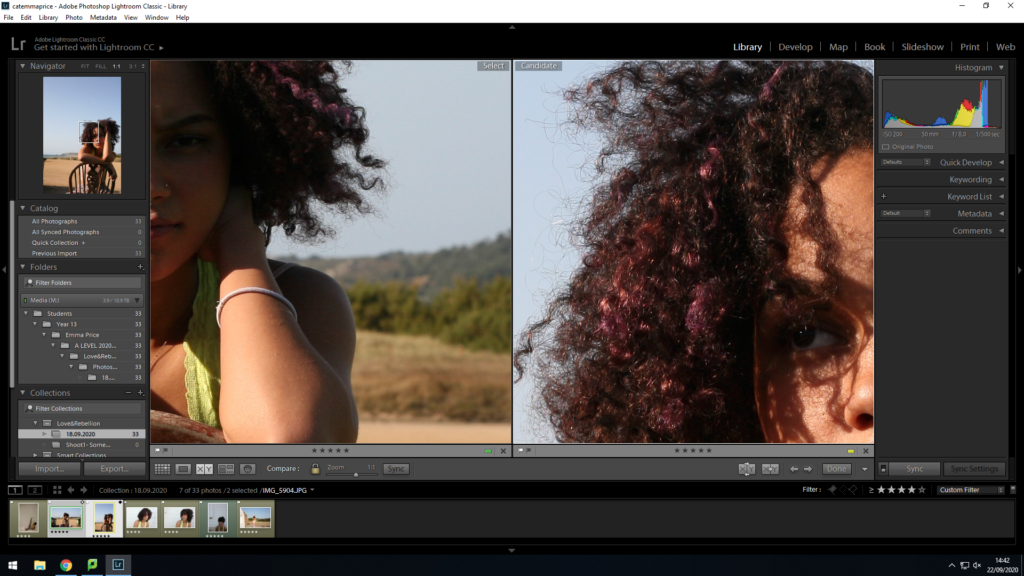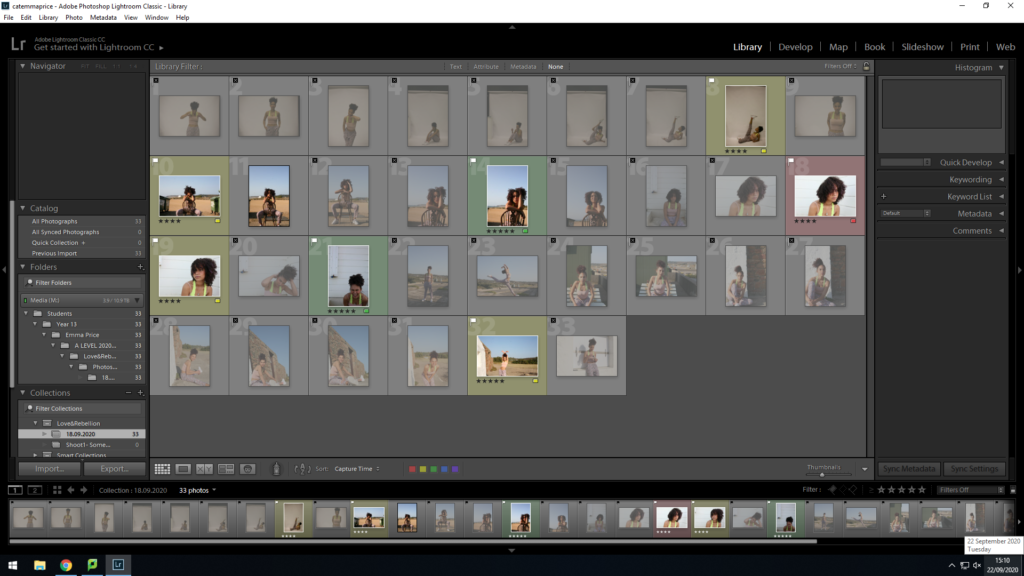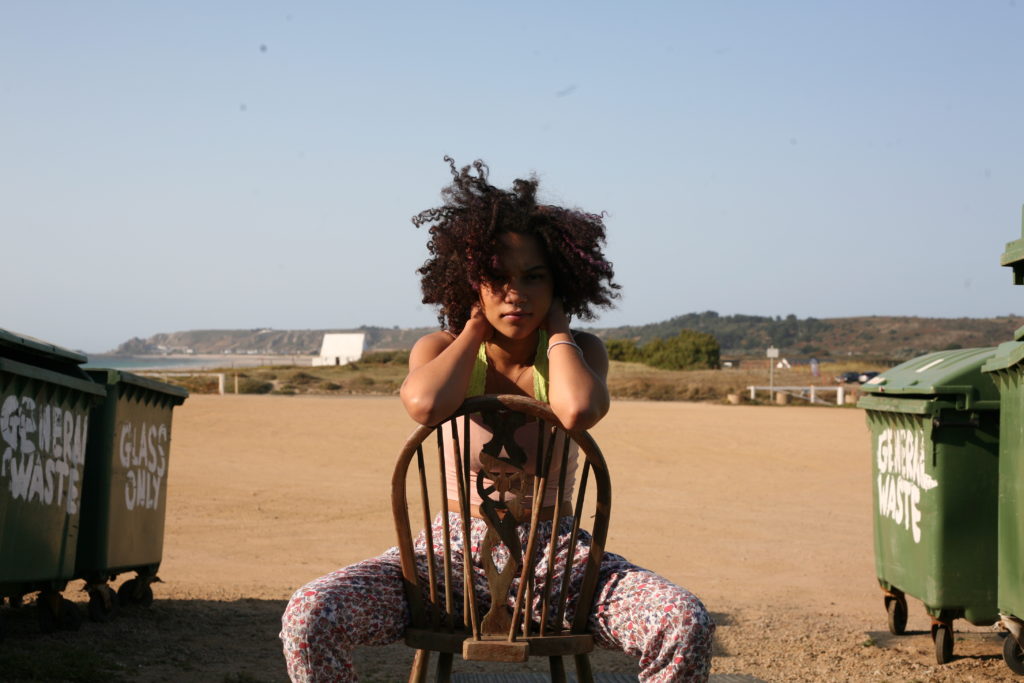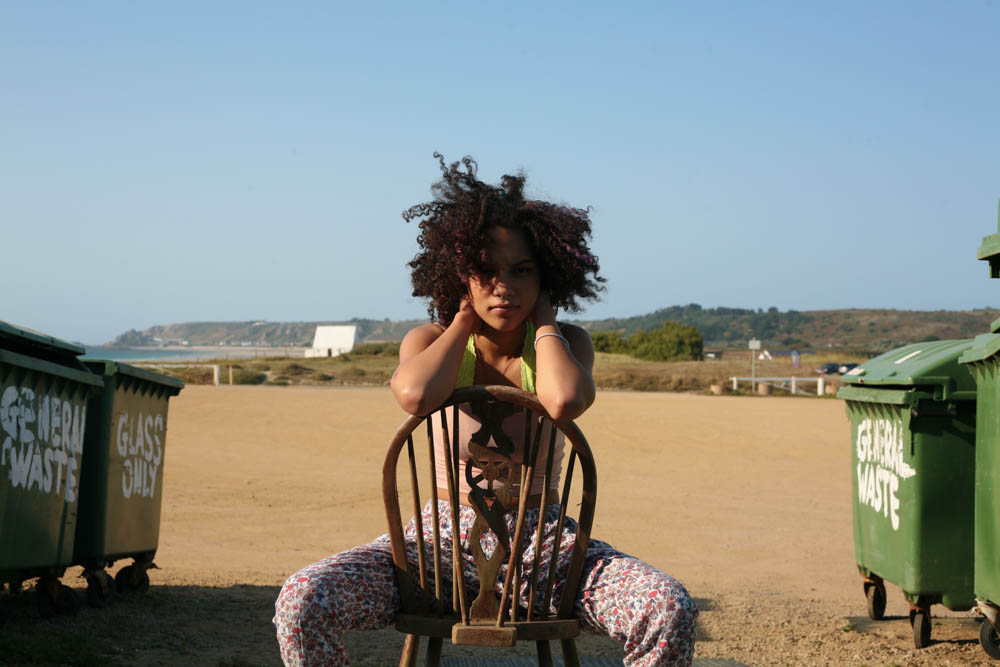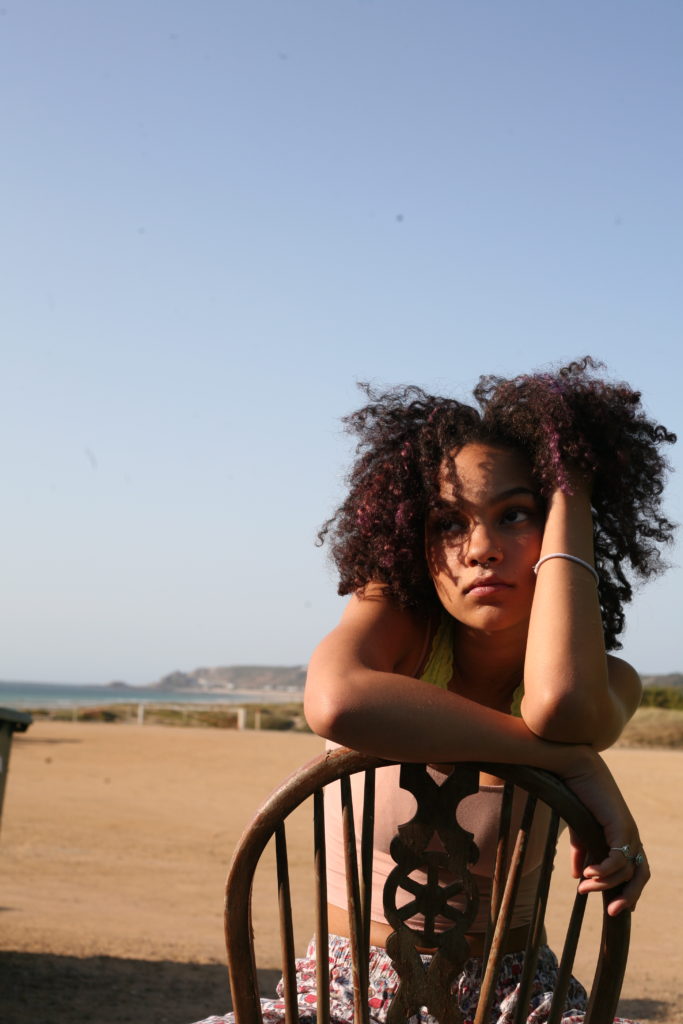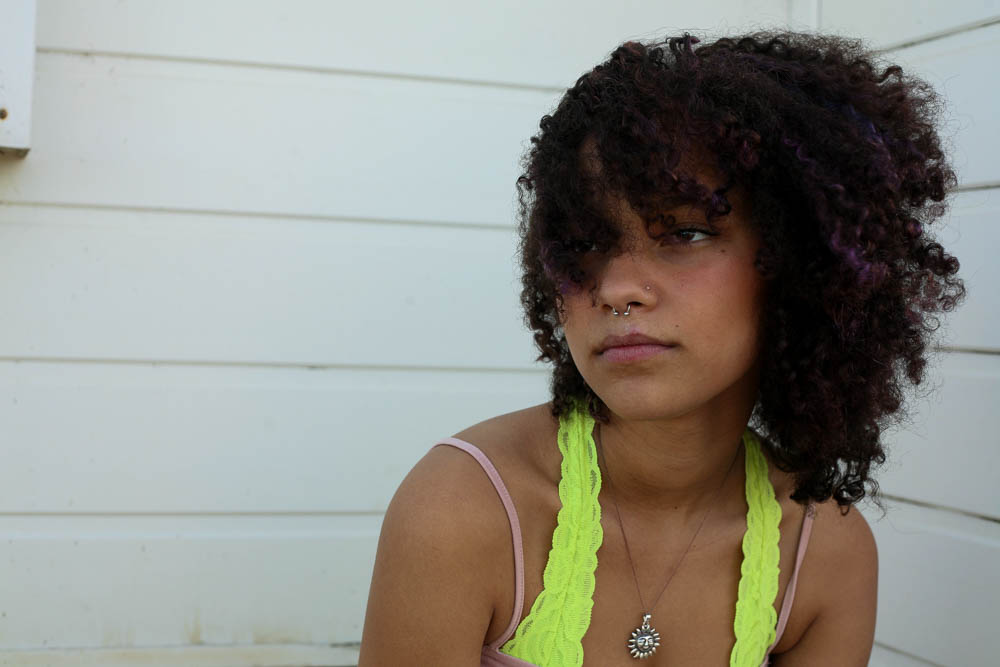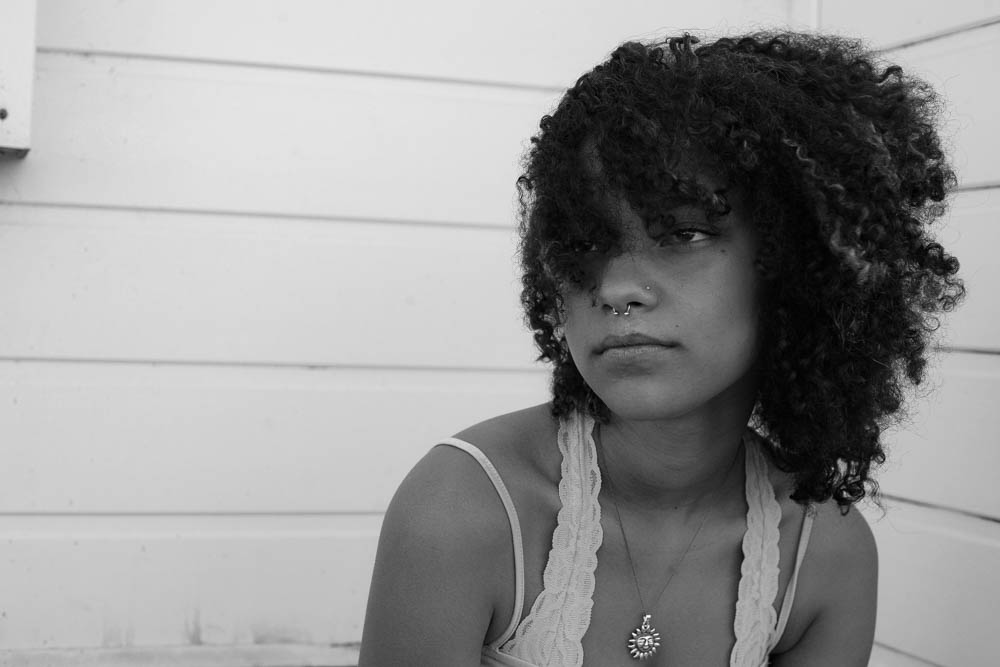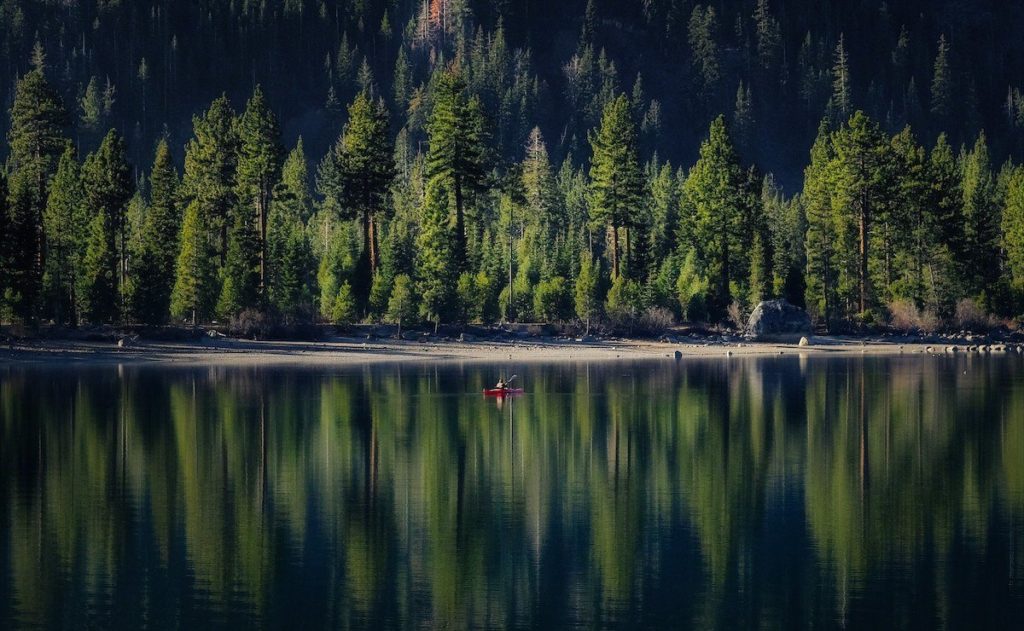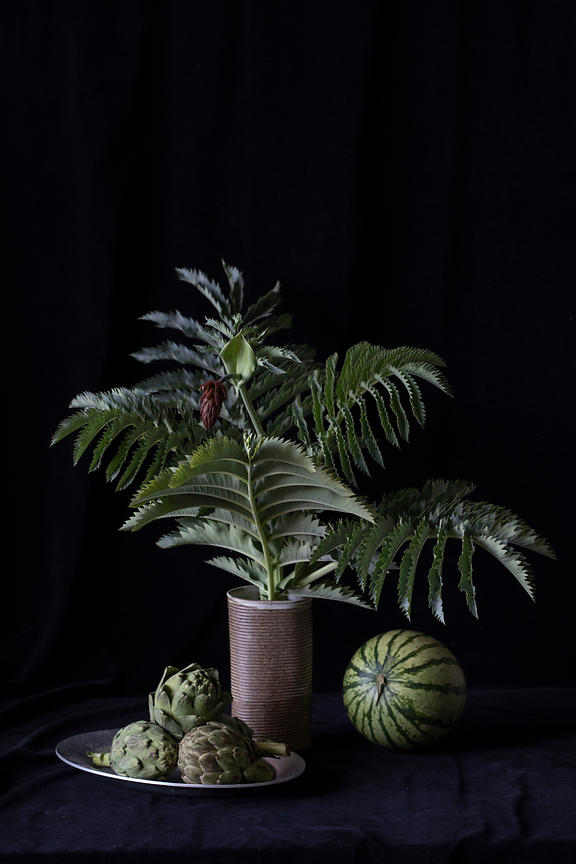Shannon O’Donnell is a contemporary, documentary photographer. Her work focuses on modern issues, directly responding to the world and the immediate environment around her. She claims she has to be ‘hyper-aware’ when it comes to her work and she pays close attention to the news and events happening round the world to achieve this. O’Donnell incorporates history, media and photography together to create her work, which predominantly deconstructs gender binary. To O’Donnell, gender is a socially-constructed concept.
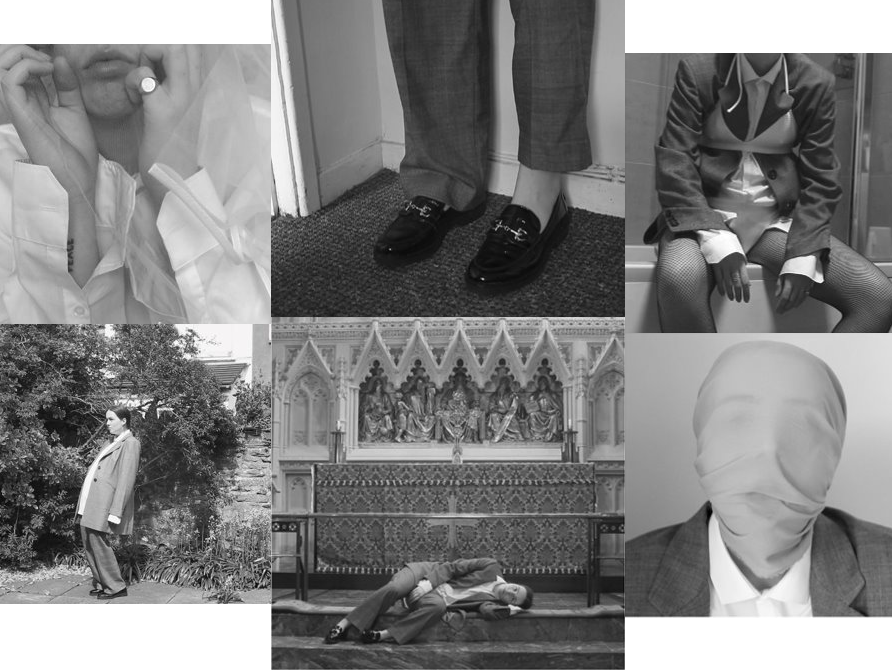
O’Donnell’s inspirations
Claude Cahun:
As a previous student of Hautlieu, O’Donnell had been introduced to the politically charged work of Claude Cahun, who she claims is now a major influence on her work. In her own words, O’Donnell describes Cahun’s work as “strange” and was inspired by the way she presented the theme of rebellion through her ‘gender bending’ themes within her work.
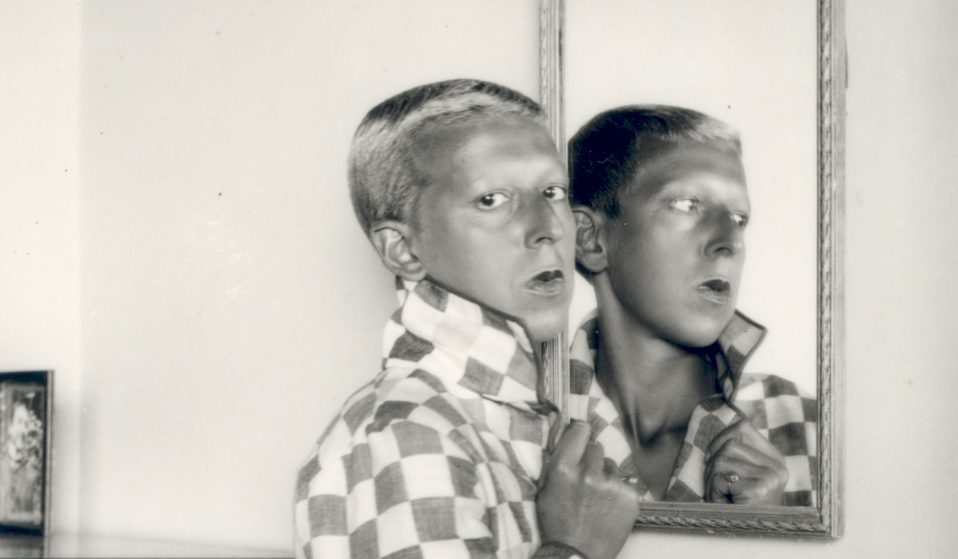
O’Donnell is fixated on the history of Cahun and how she wrote letters for the soldiers of WWII and placed them in their uniform, asking them to shoot their sergeants. This act was extremely rebellious.
Karl Marx:
Marx is another political inspiration for O’Donnell. She incorporates into her work the ideas brought about by the following quote:
The oppressed are allowed once every few years to decide which particular representatives of the oppressing class are to represent and repress them.
Karl Marx
Additionally, photographers Walter Pfeiffer, Adi Nes, and writer June Singer’s book on androgyny, ‘The opposites within’ have also majorly influenced O’Donnell’s work.
O’Donnell claims Pfeiffer’s work is ‘poetic’, capturing the true nature of his subjects as well as giving them control over how they want to present themselves to the camera and to the world.
Adi Nes is an Israeli photographer who incorporates a mix of sexuality in his work, deconstructing masculinity as a concept. His use of soft lighting in his work inspired O’Donnell, as she viewed it as juxtaposing the harshness and boldness of manhood. His images are highly staged, often based on parables and cultural memory. His work resembles that of renaissance paintings. Additionally, sexual tension is present in his work as he explores the ideas of homosexuality.
O’Donnell’s work
Her earliest work, ‘Shrinking Violet’ is based on the role of her mother within her household and workplace. She claims it’s ‘mocking the traditional roles of women’. This piece of work particular shows a criticism of the traditionally patriarchal society we live in and her work clearly reflects a protest against this.
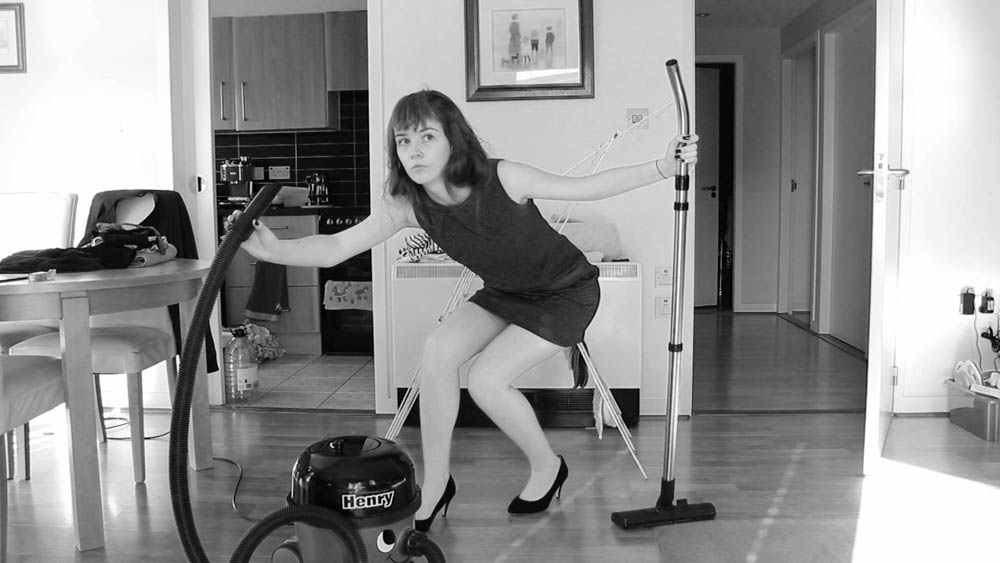
O’Donnell then progressed with her work, producing ‘Abort Mission’, ‘By your bedside’ and ‘The Cat and the Mice’ in 2018. ‘Abort Mission‘ addresses the culture wars between religion and abortion. O’Donnell was inspired to make this as she came across anti-abortion protesters praying outside of an abortion clinic, claiming that their protesting was relevant and important to their religion. Intrigued by this, O’Donnell read through the bible and researched the church, in turn finding no evidence of abortion being ‘wrong’. For her work, she added a sense of focus towards the church as well as inspecting how society view women.

‘The Cat and the Mice‘ is a clearly political project and highly important to O’Donnell’s work. It focuses on the Suffragettes, who carried out acts of violence in response to the extreme patriarchy they lived in. The movement was started by middle class women for women’s suffrage and particularly for their right to vote. In order to get in front of the newspapers, the suffragettes felt they had to be ‘militant’. They were considered as terrorists by society, as well as being mocked. A main story that inspired O’Donnell was about the suffragette who jumped in front of the King’s horse in an attempt to attach a flag to it during a live television broadcast. Unfortunately, the act resulted in a horrific accident that was broadcast live, clearly showing the desperation these women had for freedom. Her project is named after the Cat and Mouse act, aimed at the militant suffragettes who went on hunger strike during their imprisonment.
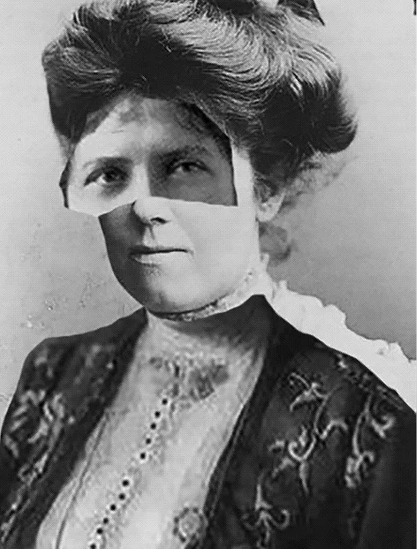
The Cat and the Mice 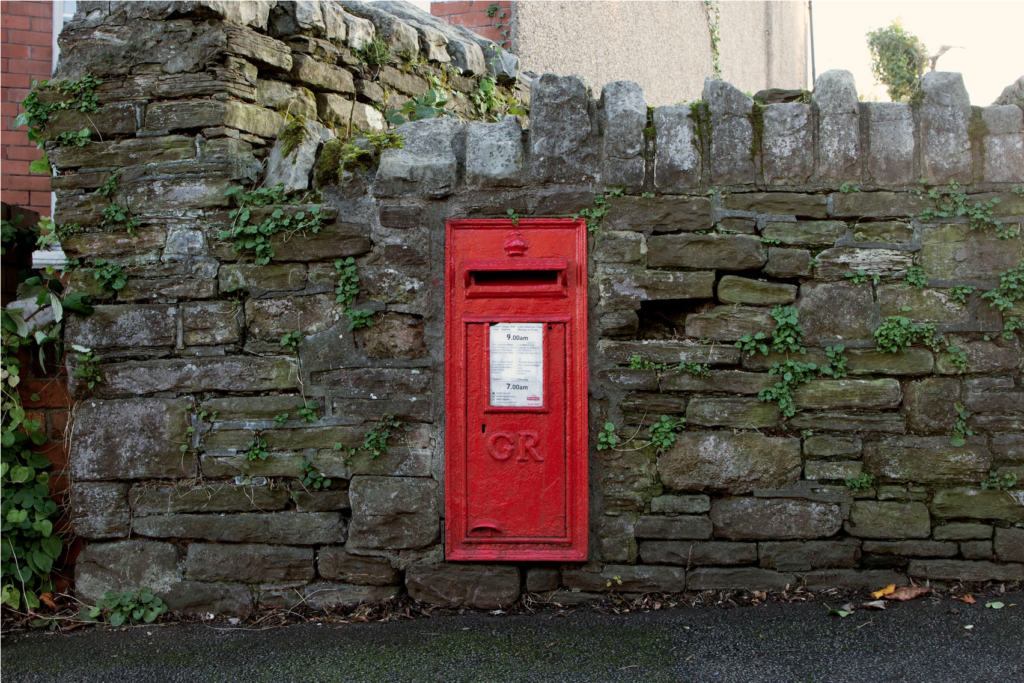
Finally, her film project ‘That’s not the way the river flows‘ from 2019 encapsulates the ambiguity of gender and masculinity. In this short film she questions her own gender identity, whether she is defined primarily by being a woman, rather than how she is as a person.
The film is made using what she refers to as ‘moving stills’. O’Donnell also wrote her own poem about society’s strict binary of male and female as a voice over for the film. The stills for her project are taken from these ‘moving stills’. In the video, she can be pictured wearing a suit (strictly male connotations) as well as mixing and incorporating female elements, such as heels, fishnet stockings and bras etc.
Her photography process
O’Donnell states that her audience is primarly aimed towards herself and that she works only for her own personal gain. Anyone else who resonates with her work is a bonus. Her process involves ‘performing’ for the camera.
- She sets up her tripod with her camera and starts to record.
- She then carries out a performance in the nature of her work (i.e. male, female, etc). O’Donnell claims that this is the ‘theoretical underpinning’ of her work.
- She then imports the video into Premiere, and takes stills from the video here.
The process removes the staged and unnatural feel of photo-shoots and allows more fluidity in her photographing process, in turn also giving her more flexibility in capturing the images she wants.
Photo Analysis
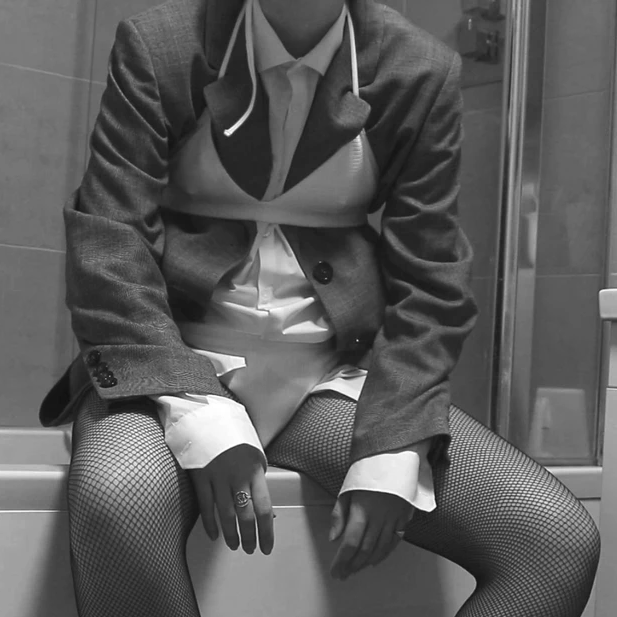
This image in particular presents O’Donnells personal issue with gender identity. Taken from the project ‘That’s not the way the river flows’, O’Donnell explores the social construct of gender binary, deconstructing it and questioning whether her own identity is entirely defined by being ‘female’.
The photo is set in what looks like a private bathroom in someone’s house. The setting itself amplifies the personal struggle O’Donnell is experiencing as a bathroom is easily lockable, small, private and enclosed. It has limited distractions and can possibly be comforting for the subject to access her own thoughts in. Additionally the lighting is fairly bright, showcasing the reality of O’Donnell’s existence and highlighting her outfit clearly. Though, the image is presented in black and white. The monochromatic effect of the image allows for a sharp focus on the subject.
The clothing she wears is obviously stereotypical. The first thing you notice when you look at the image is the bikini. Bikinis have female connotations, and so it initially shows the gender of the subject. However, this is juxtaposed by the suit it’s layered on top of. The blazer and shirt is associated with male clothing. Additionally, O’Donnell is seen wearing a signet ring (predominantly male) and fishnet stockings (predominantly female). This outfit choice is messy and contradictory, clearly showing the desperate nature of the subject trying to understand her identity. Possibly, she is criticising society by posing the question as to why these items of clothing are stereotyped to be male or female in the first place.
The positioning of subject is hunched. She also has limp arms resting upon her legs. This body language signifies a defeat after an internal struggle or effort to get free of social restraint and constriction. She looks as though she is sat in exhaustion.The theme of identity (or lack thereof) is prevalent in this image as her face has not been included, implies a struggle with a personal definition of herself.




